Squadrons
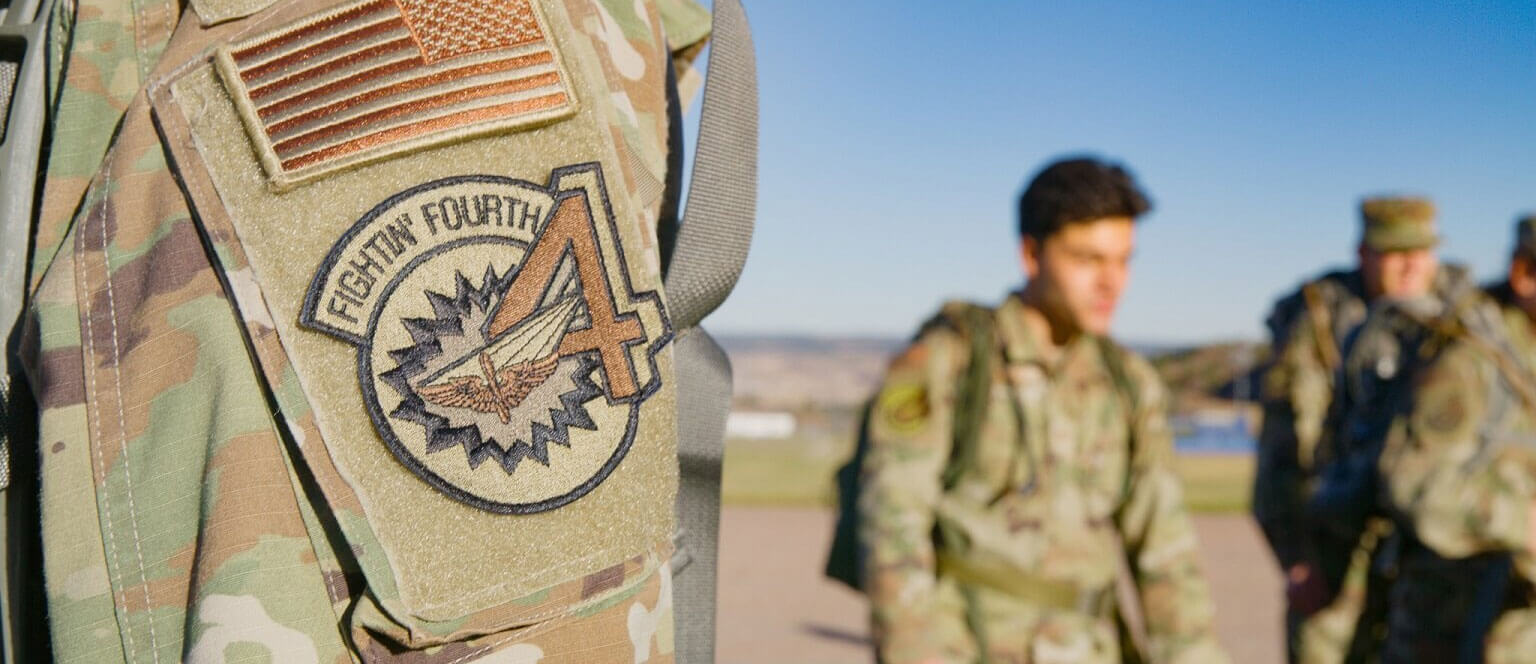
To prepare cadets for the life of an officer, the cadet wing simulates the organization of an operational Air Force wing. Cadets are responsible for running and operating the wing, which affords them the opportunity to learn how to use a chain of command, to function as part of various military formations and how military units organize to accomplish collective tasks.
Within the cadet wing, first-class (senior) cadets hold the positions of cadet officers, second-class (junior) cadets act as the cadet non-commissioned officers and third-class (sophomore) cadets represent the cadet junior NCOs. Fourth-class cadets act as followers and function as cadet Airmen.
The wing is led by the cadet wing commander who is the highest ranking, first-class cadet. It is broken down into functional areas, some of which mirror components of an active-duty unit: honor: academics, athletics, safety, antiterrorism and force protection, standardization and evaluation, drill and ceremonies, support, information technology, training, public affairs, and character.
The 4,000-plus cadets who comprise the cadet wing are divided into four groups of 10 squadrons each. Cadets live, eat and participate in military training with their squadrons, which are comprised of roughly even numbers of cadets from all four class years.
Cadet squadron commanders supervise cadets and are located within each group and squadron. These Air Force officers oversee all cadet activities, provide instruction and serve as role models as the cadets experience firsthand the processes of command and organization to accomplish the mission. Academy military trainer NCOs complement the commanders and provide an enlisted role model perspective.
Squadron Patches
Our 40 cadet squadrons have a proud and rich history as exemplified by their unique and meaningful patches. The insignia of a particular unit is meant to encourage esprit and to make a strong statement about the personality of the group as a whole and its traditions.
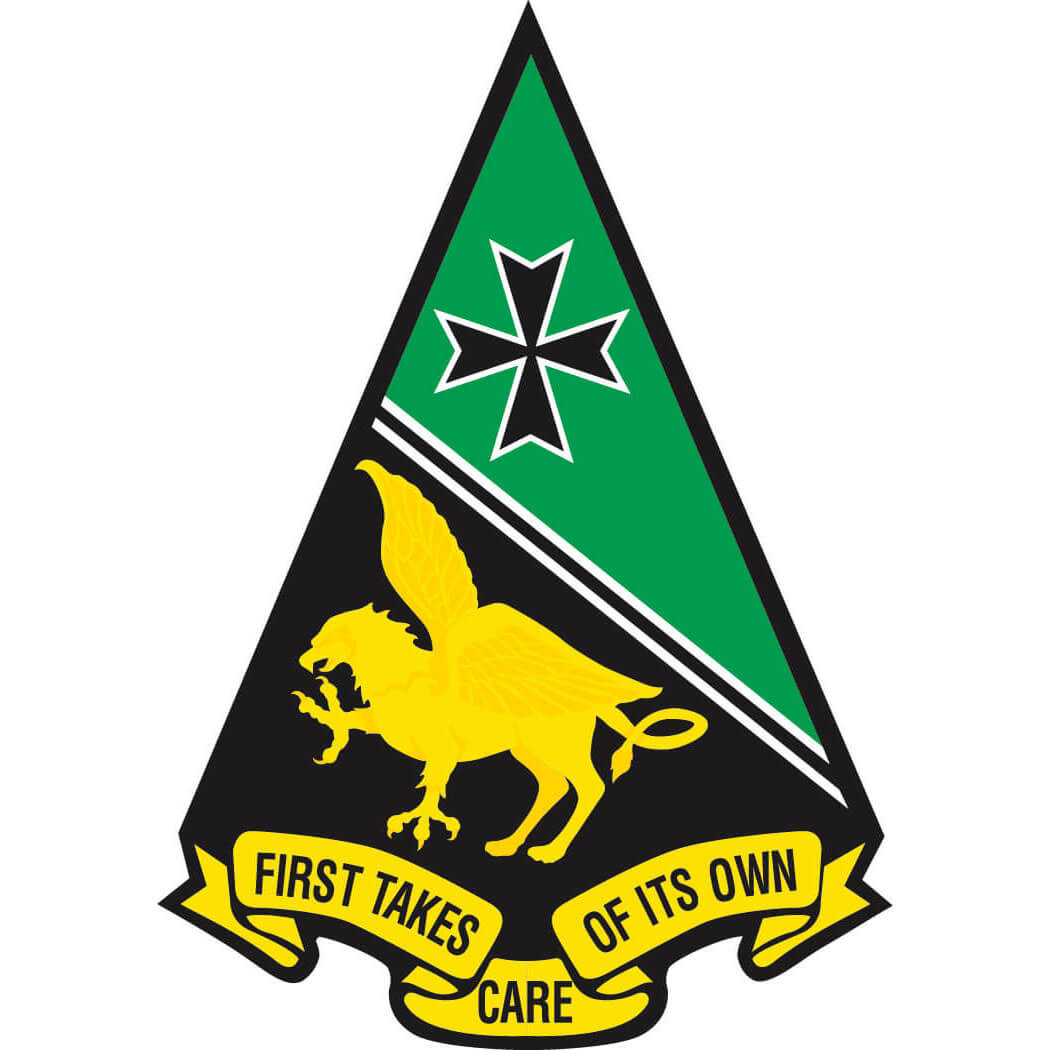
Squadron 1: Mighty Mach One
The griffin symbolizes protection and a search for the treasure of knowledge while the Maltese Cross indicates a devotion to duty and dedication to success. The positioning of the cross, above the black diagonal strip, indicates a higher ideal in life.
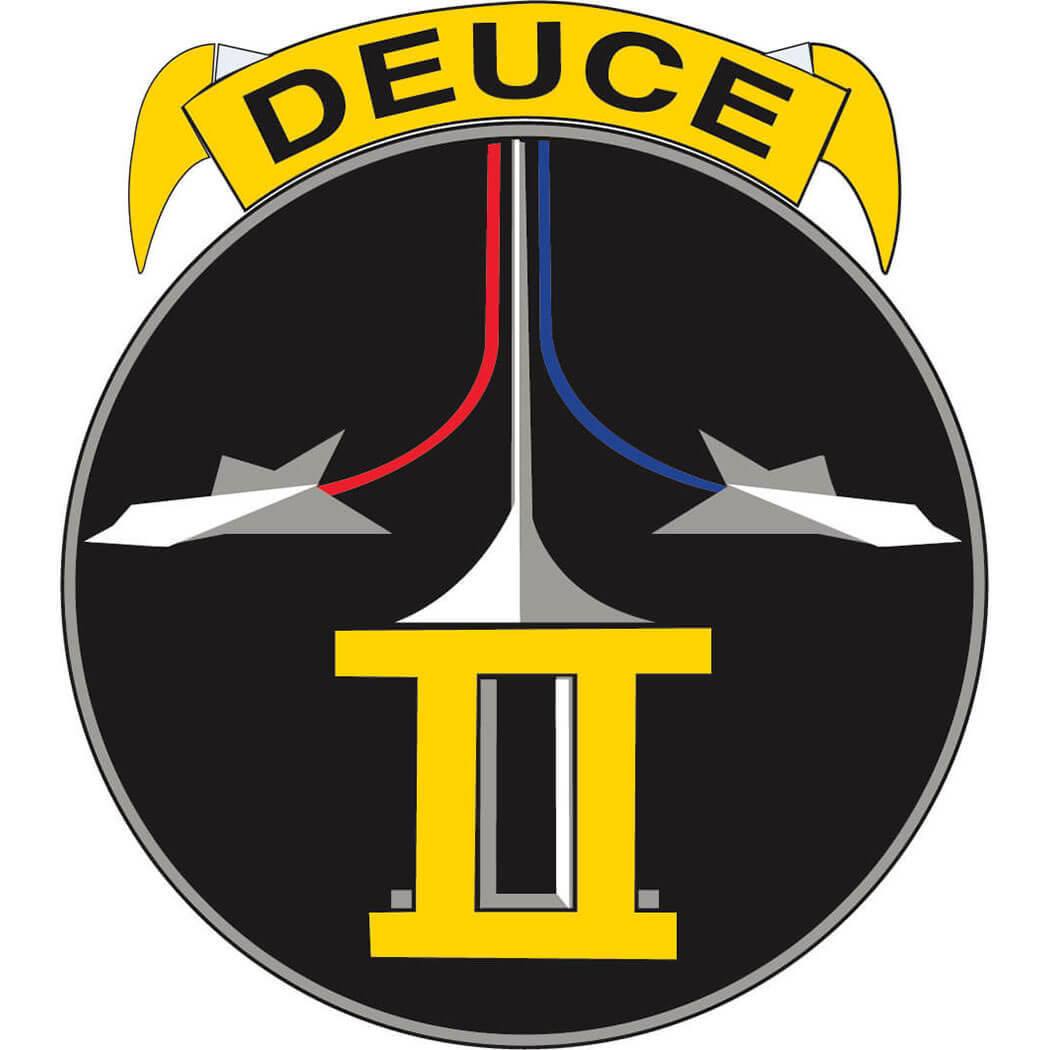
Squadron 2: Deuce
The red, white, and blue contrails represent the colors of the American flag while the black background signifies the vastness of space. The contrails symbolize three areas in which all cadets strive to excel: military, academics, and athletics. Delta Tau Deuce!
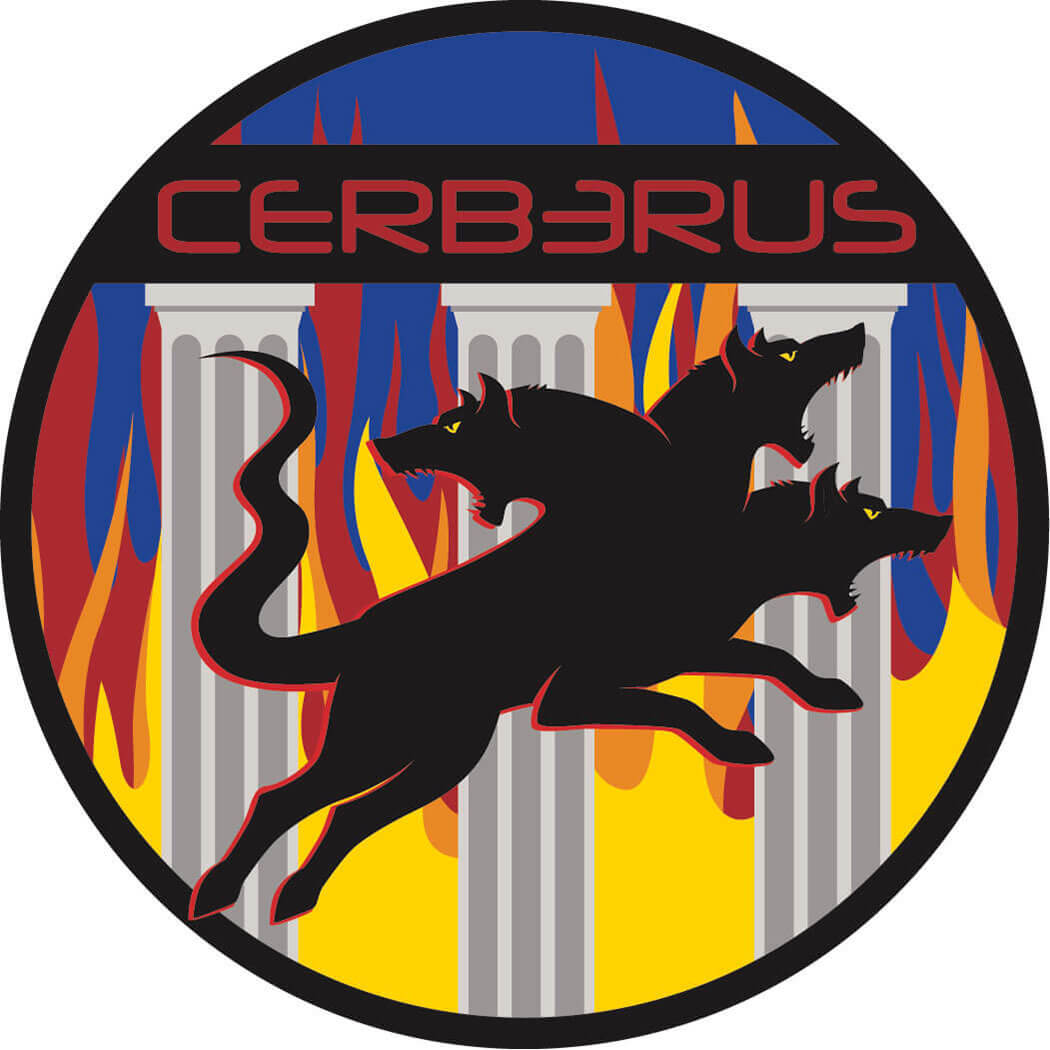
Squadron 3: Dogs of War
The three heads of Cerberus, the monstrous watchdog of the underworld in Greek mythology, symbolize loyalty, obedience, and fearlessness. The flames, suggesting eternity, represent the undying nature of the ideals of the third squadron.
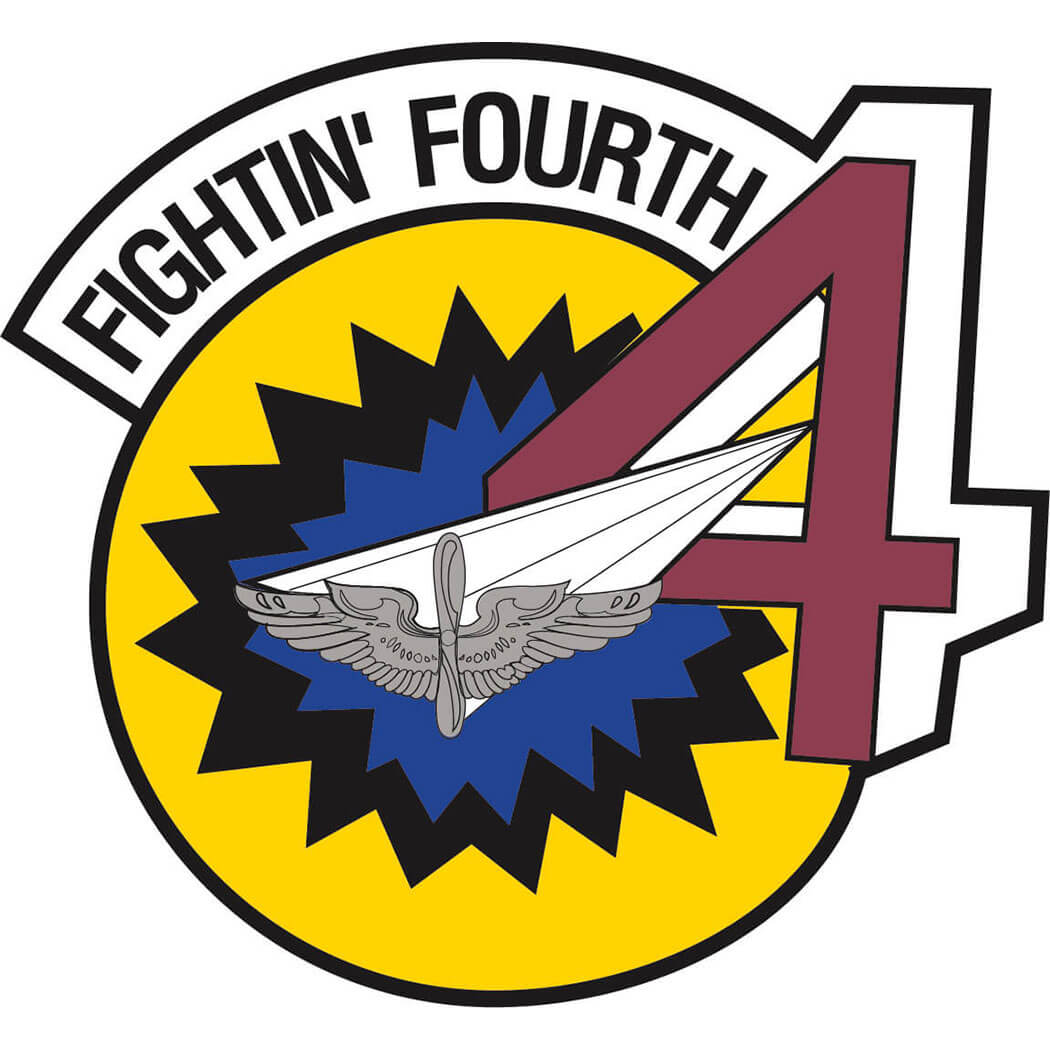
Squadron 4: Fightin’ Fourth
The prop and wings insignia of the academy’s upperclass cadet represents the squadron’s quest to rise above the rest of the wing. The colors incorporated into the patch- red, blue, gold, and silver- denotes the inclusion of all four classes in the squadron.
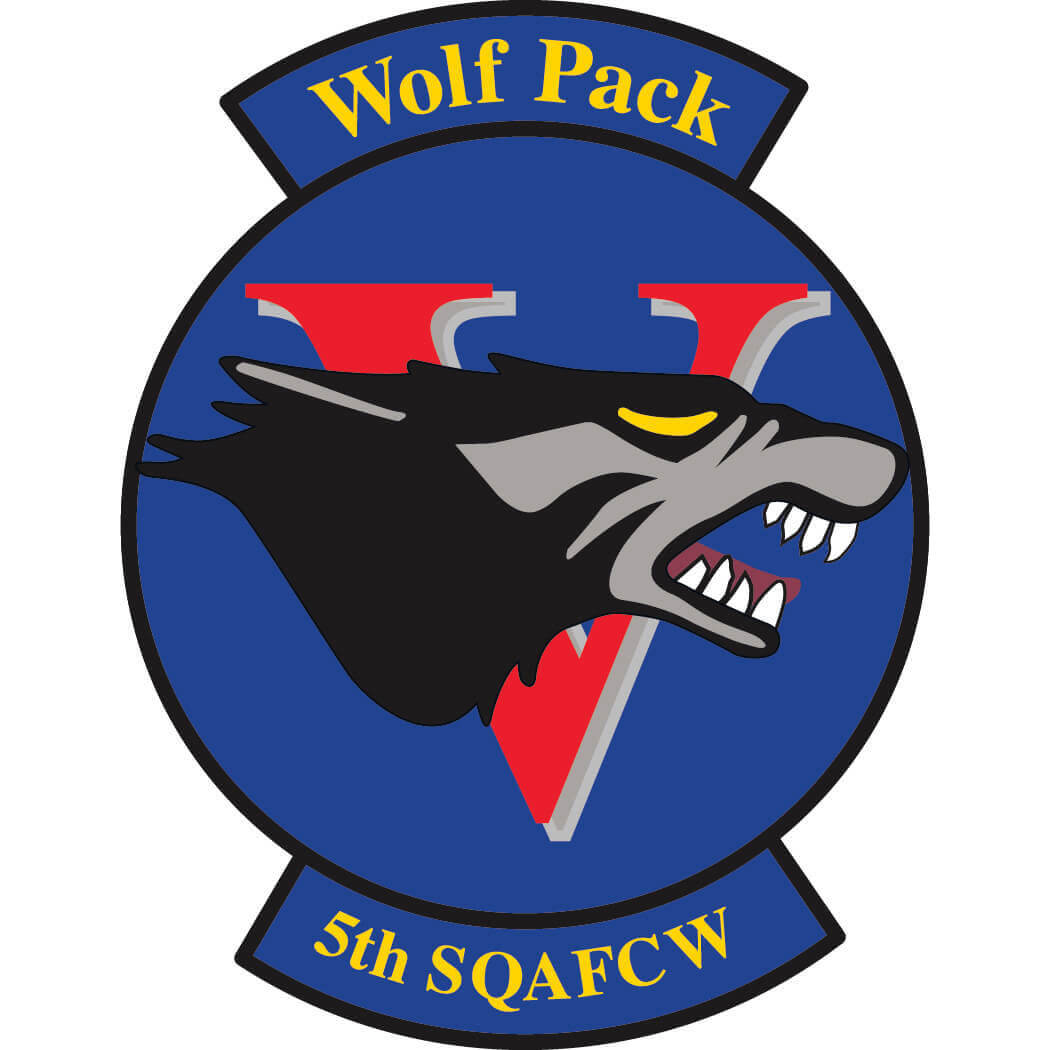
Squadron 5: Wolfpack
The patch denotes the squadron’s association with the “Wolfpack” fighter wing whose fierceness and dedication to duty is emulated by Squadron 5. The snarling wolf represents cunning and tenacity. Their motto is “Feed ‘em to the wolves!”
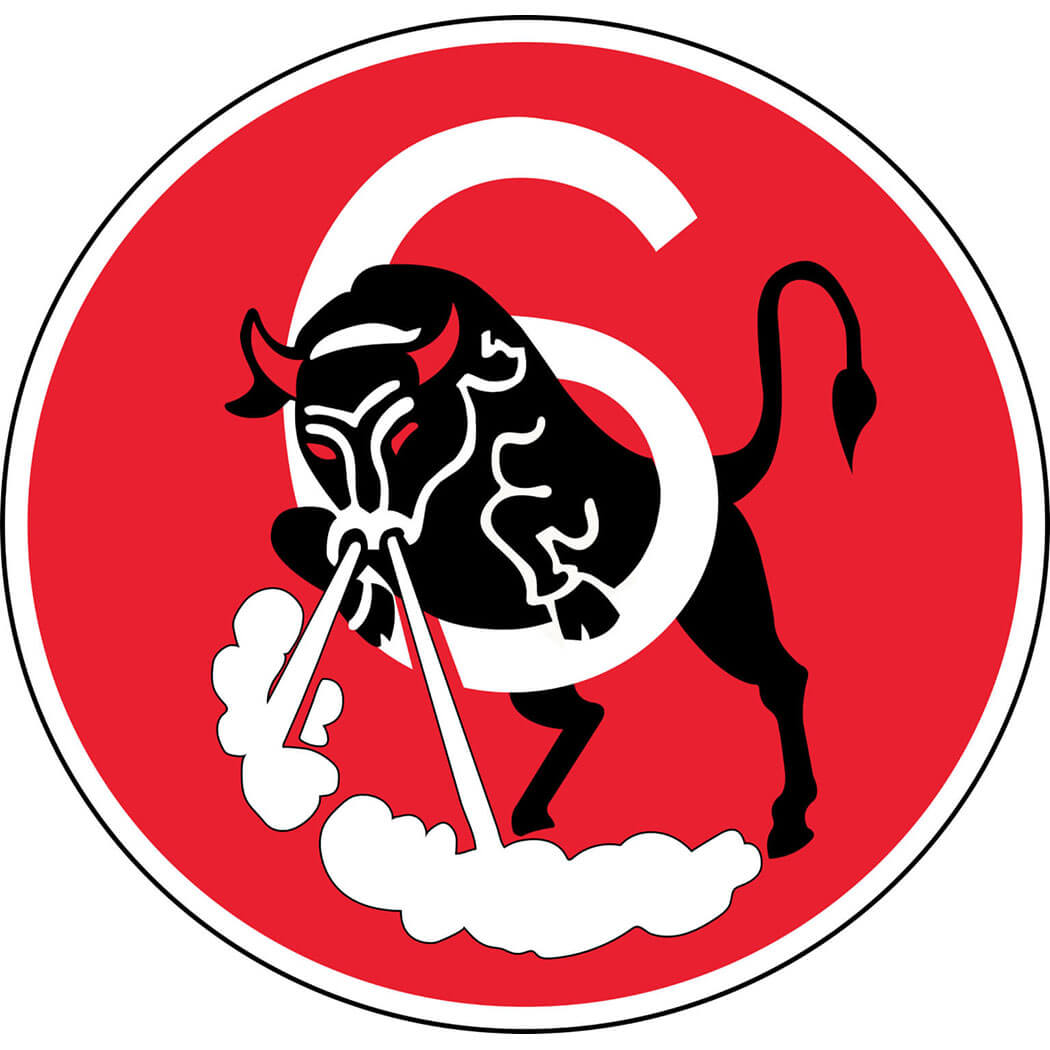
Squadron 6: Bull Six
The ferocious black bull characterizes strength, courage, determination, perseverance, and tenacity. The color red featured in the patch’s background as well as the bull’s eyes and horns adds to the glory of the bull and symbolizes courage and vigor.
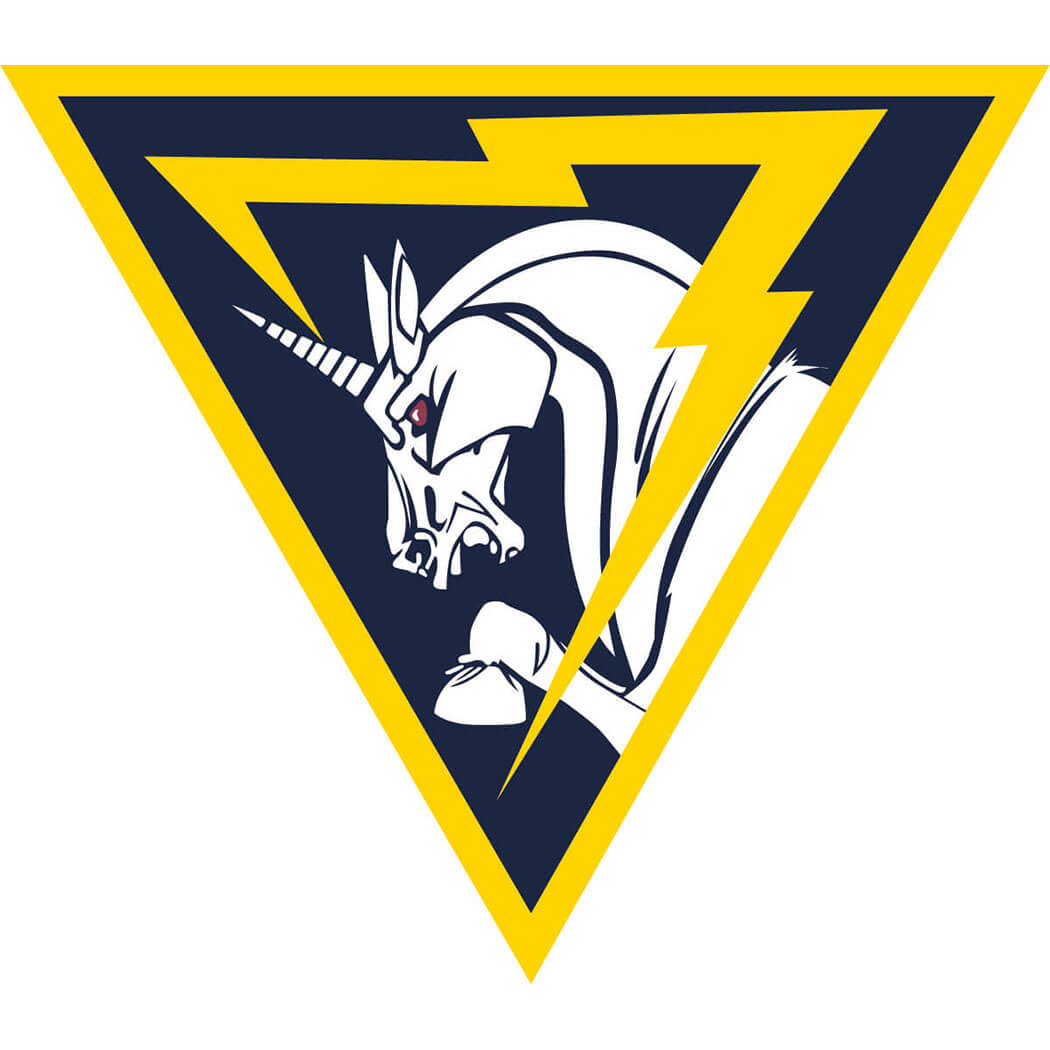
Squadron 7: Shadow Seven
The unicorn, virtually invincible in battle, signifies strength while the lightning bolt symbolizes the speed with which the Air Force strikes in battle. The blue background stands for fidelity to the Air Force and the gold border represents valor and rewards.
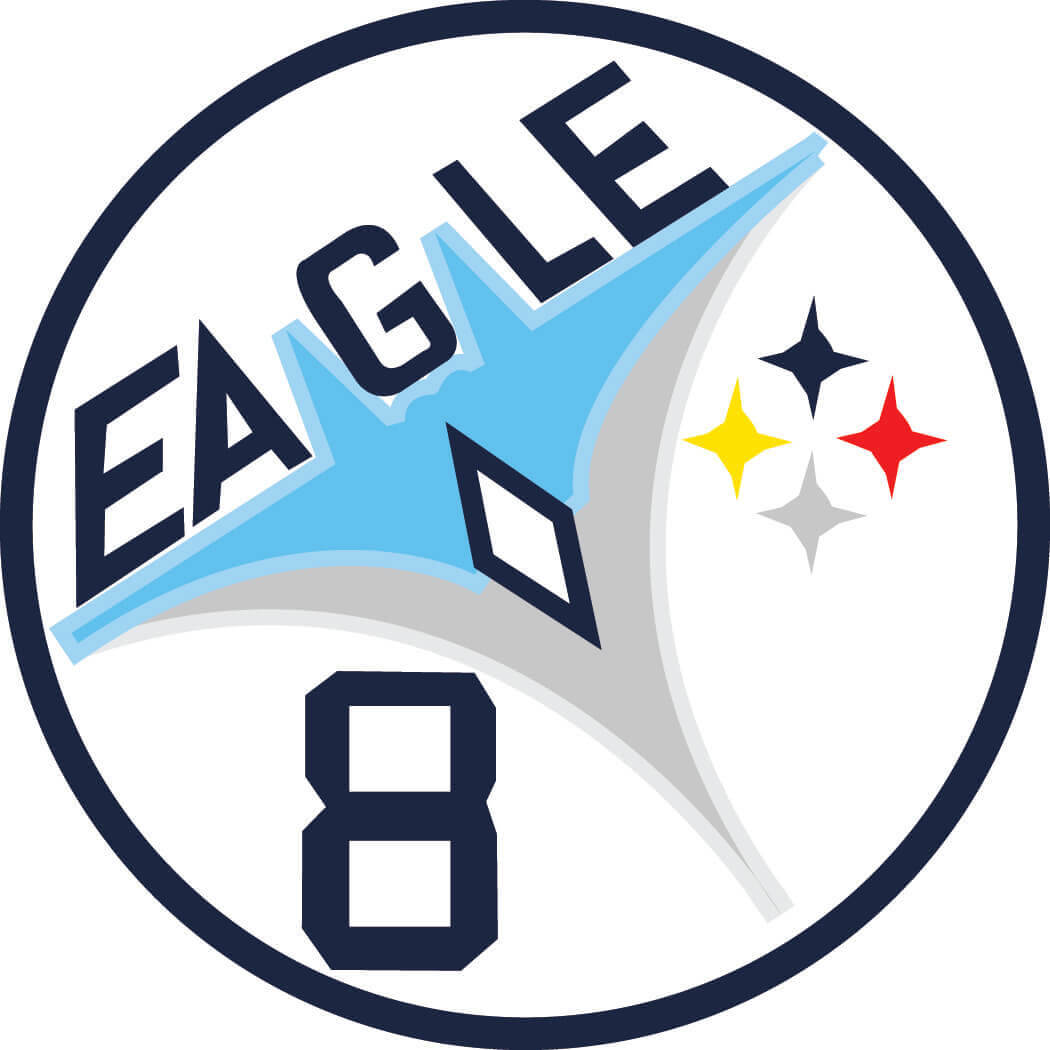
Squadron 8: Eagle Eight
The stylized F-15 Eagle prominently depicted in the center of the patch symbolizes the squadron’s aggressiveness in intercepting and destroying its enemies. The gold, blue, silver, and red stars represent the four classes at the academy.
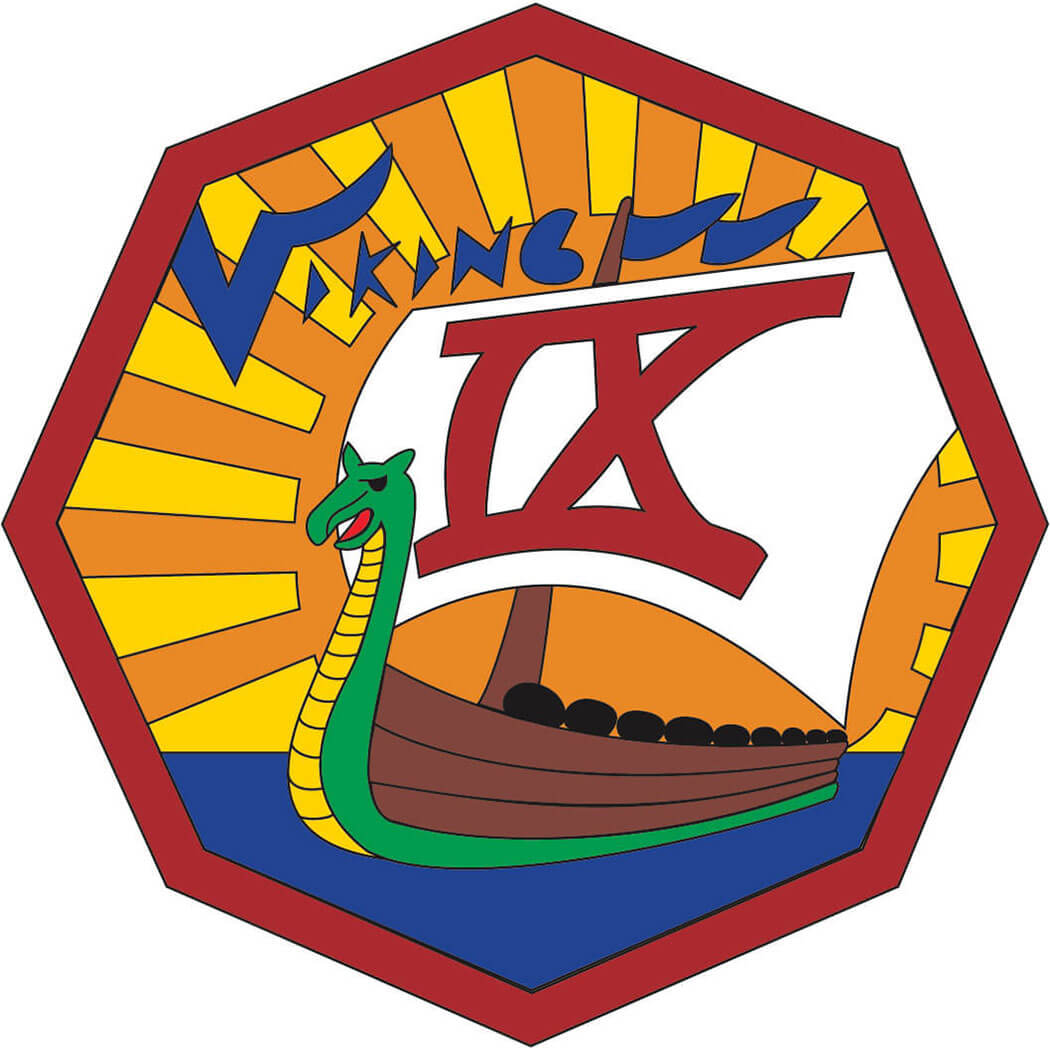
Squadron 9: Viking Nine
The dragon ships used by Vikings provoked fear in their enemies and represented their fearlessness, power, and audacity- all traits exemplified by Squadron 9 members. Like their namesake, Viking Nine cadets embody unmatched boldness and determination.
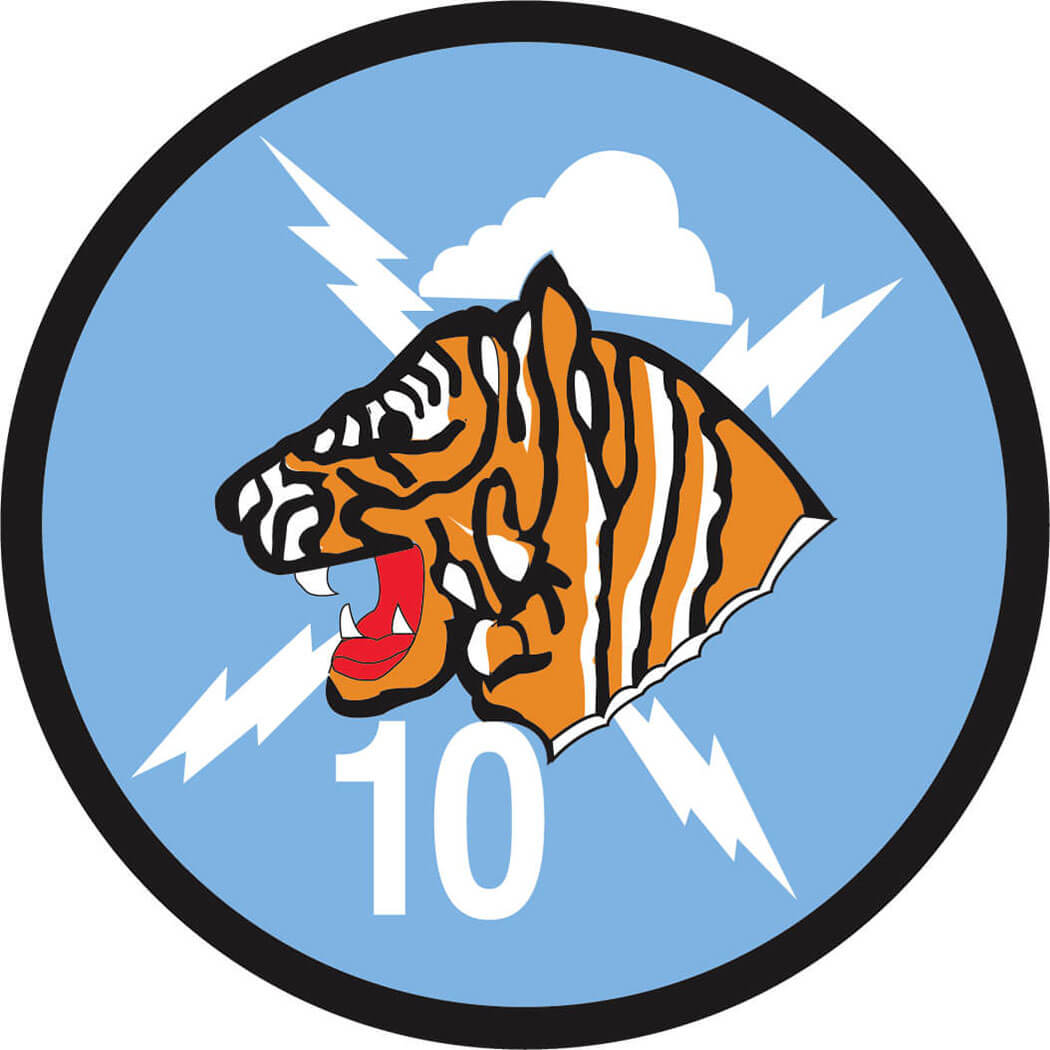
Squadron 10: Tiger Ten
This patch pays homage to the legendary Flying Tigers of World War II. The snarling tiger exemplifies strength and aggressiveness. The four lightning bolts correlate to the four classes of the academy and symbolizes power while the cloud represents open horizons.
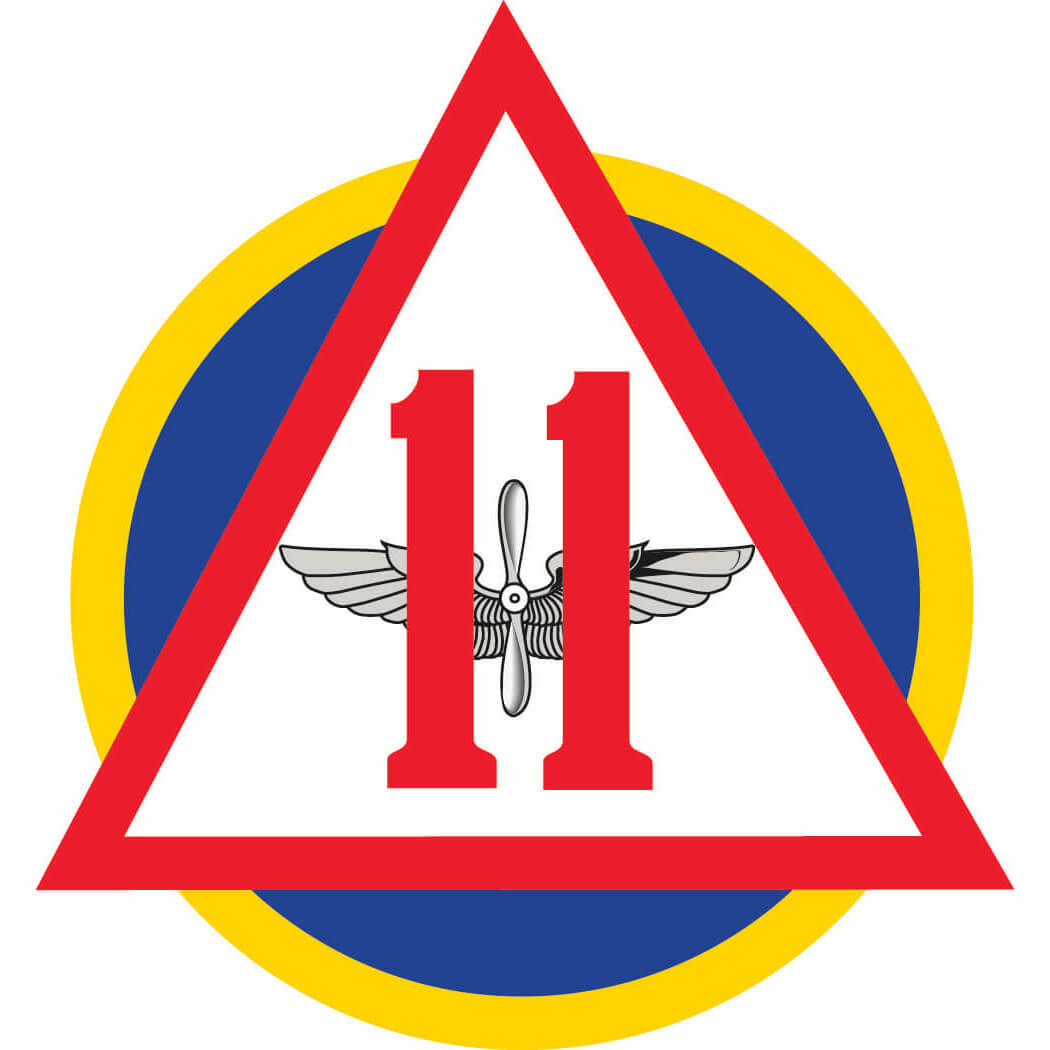
Squadron 11: Rebeleven
The triangle superimposed upon the circle design element is borrowed from the squadron’s original sponsor, the 6th Bomb Wing. The silver prop and wings represent the cadet wing while the four colors indicates the four classes and unity of the wing.
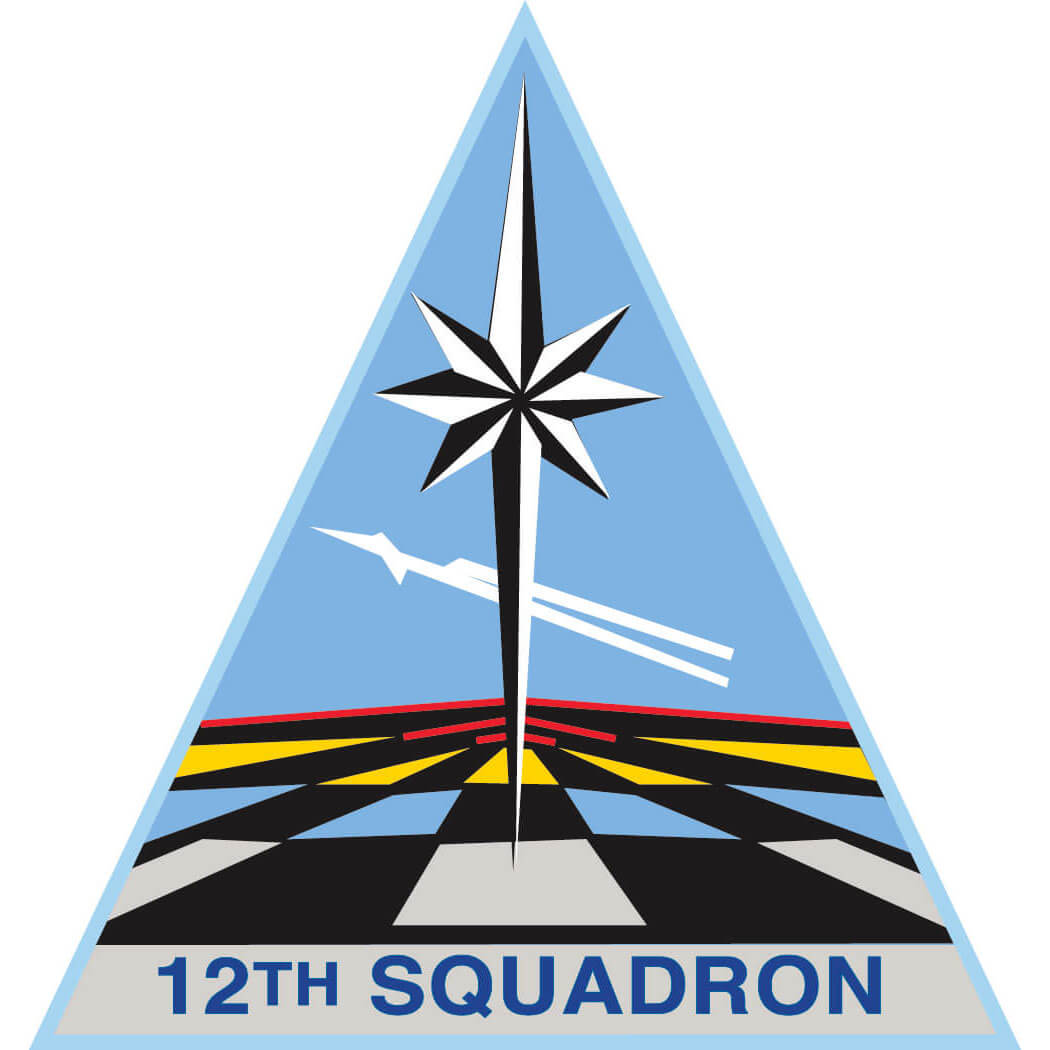
Squadron 12: Dirty Dozen
The steadfast light of Polaris guides cadets on their flight through life and is a reminder no goal in life is too high to achieve. The jet denotes the cadets’ chosen profession and its position in flight symbolizes the start of their mission to protect and defend their country.
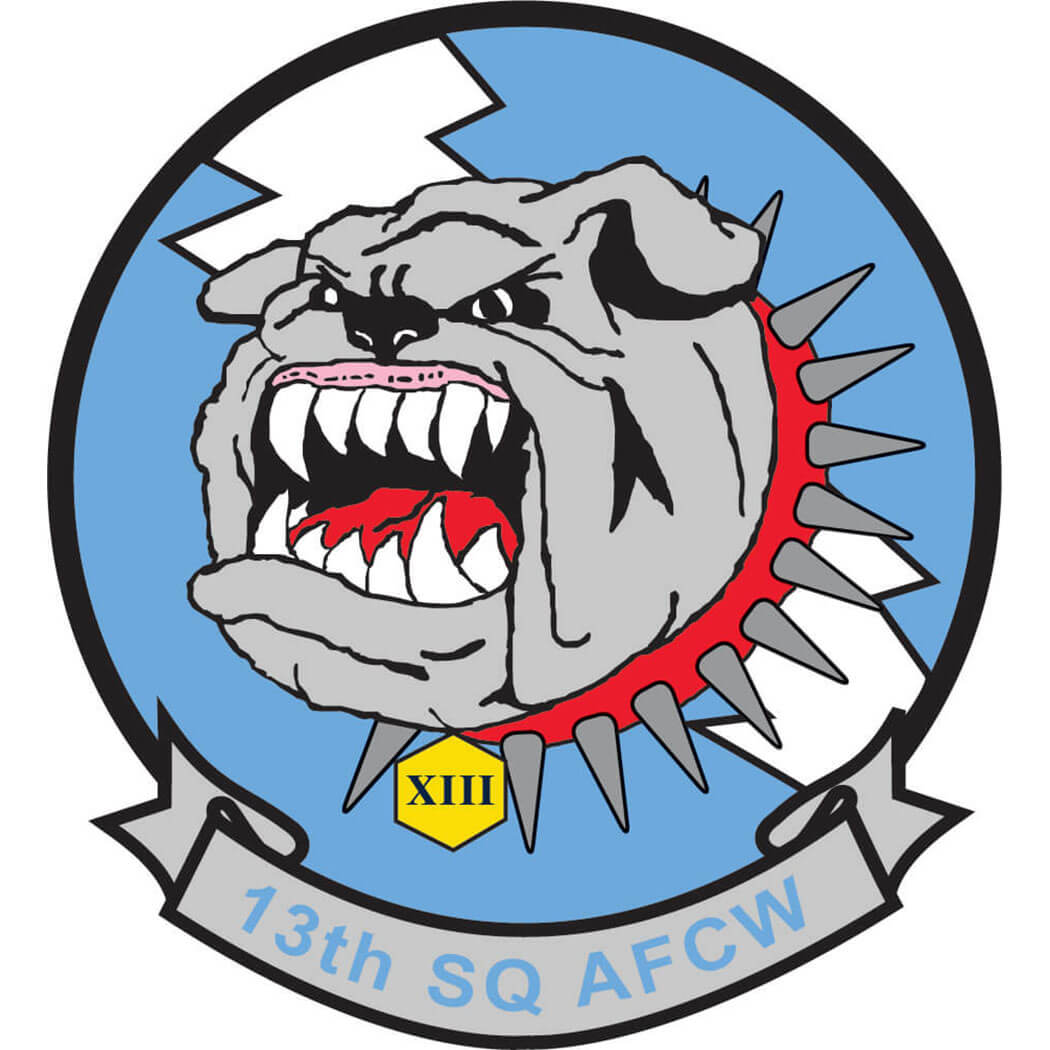
Squadron 13: Bulldawgs
The silver bulldog characterizes the loyalty, moral resolve, and dogged pursuit of duty typical of Bulldawg cadets while the silver lightning bolt signifies their courage, dedication, and strength. These qualities are intrinsic to all bulldog graduates.
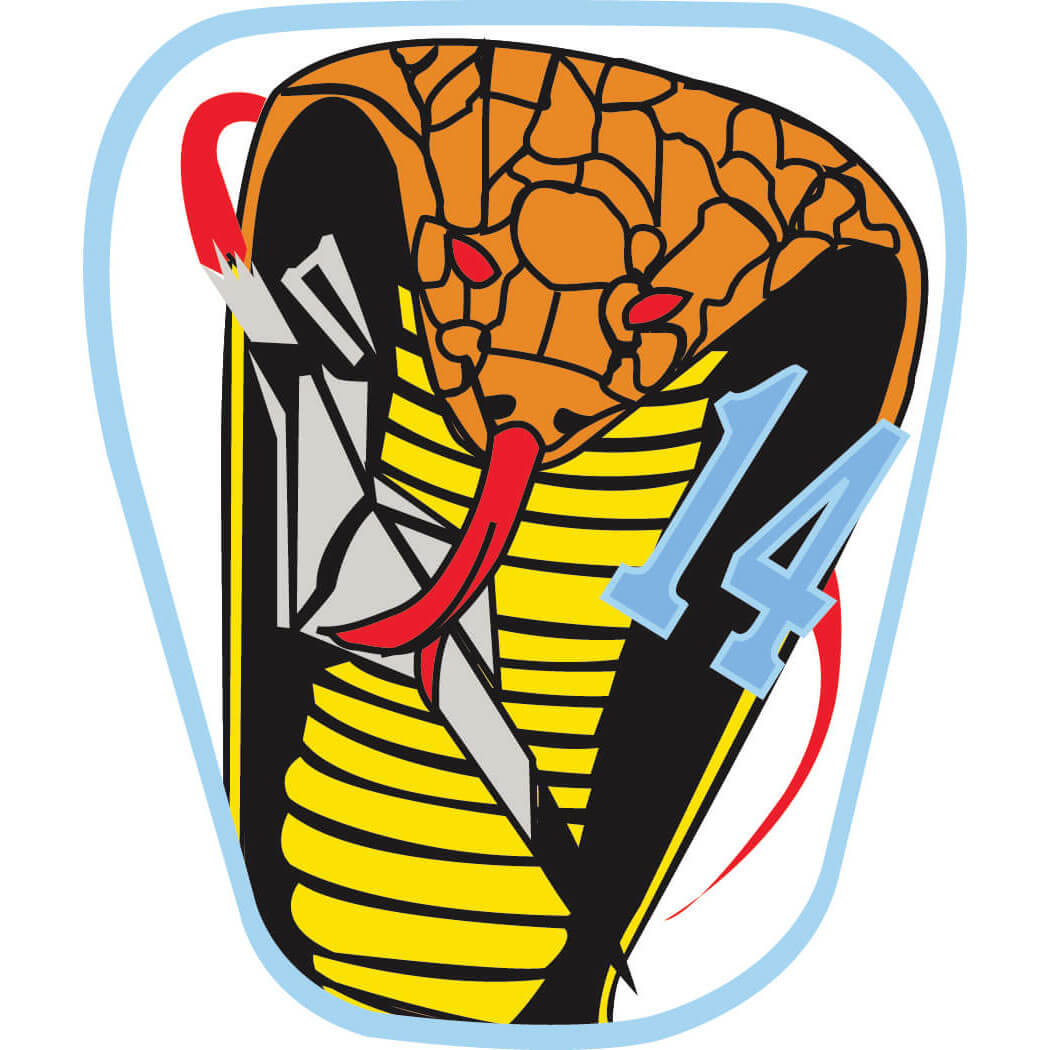
Squadron 14: Cobras
The effectiveness and air superiority of the Air Force are illustrated in this patch. The aircraft is flying around the cobra’s head- eluding the snake despite its blinding speed and agility in battle. It also reminds cadets to beware of the abilities of one’s opponents.
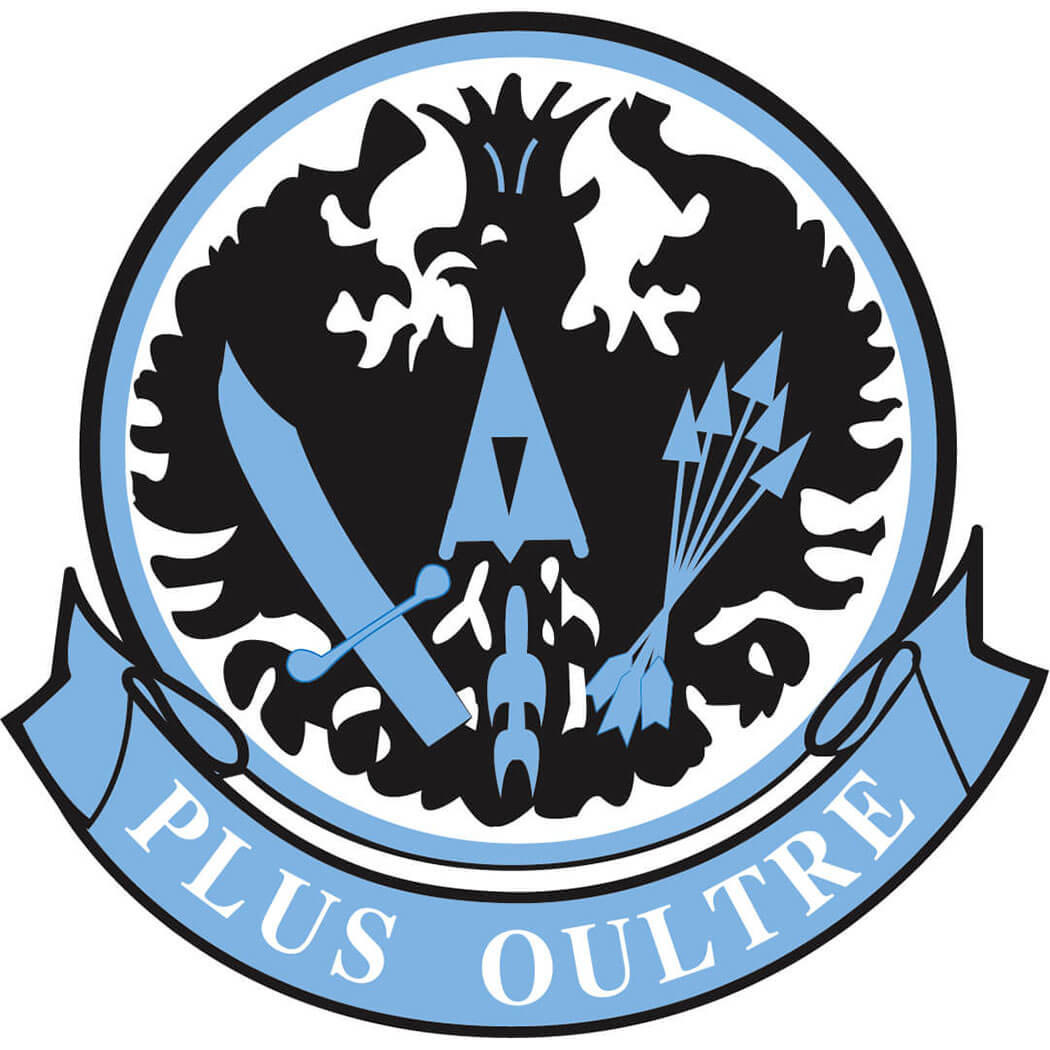
Squadron 15: War Eagles
The eagle represents the Prussian military traditions of excellence and professionalism. The sword and arrows in its talons designate fifteen and symbolize preparedness, power, and strength. The squadron motto, “Plus Oultre” is French for “Further Beyond.”
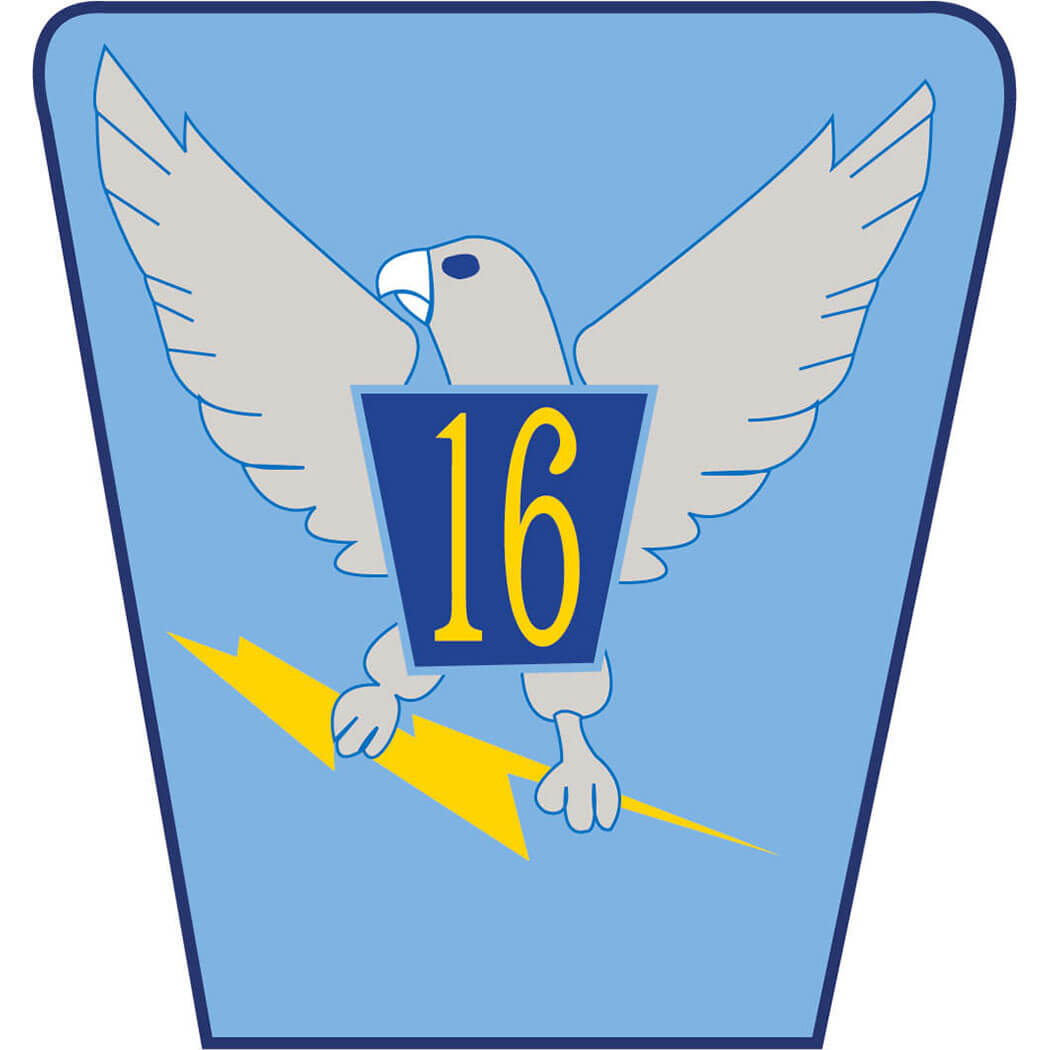
Squadron 16: Chicken Hawks
This patch is a reminder the Air Force maintains readiness to use force in order to protect freedom. The outstretched wings of the hawk expresses the freedom of flight while the talons clasping the lightning bolt denotes the power needed to maintain freedom.
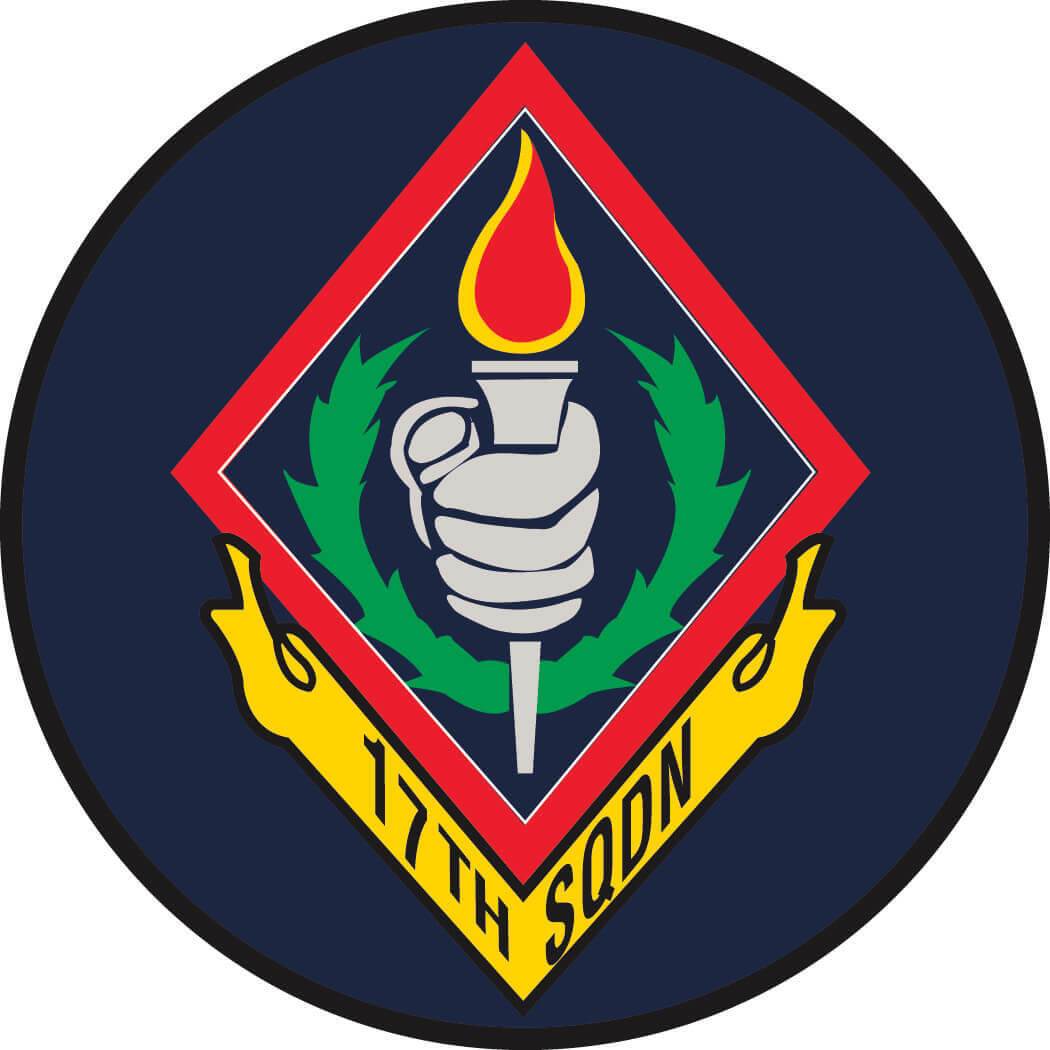
Squadron 17: Stalag 17
The clenched fist signifies power and persistence while the flaming torch represents the drive for truth, wisdom, and knowledge while the emerald green wreath, encircling the fist, stands for the laurels of athletic achievement.
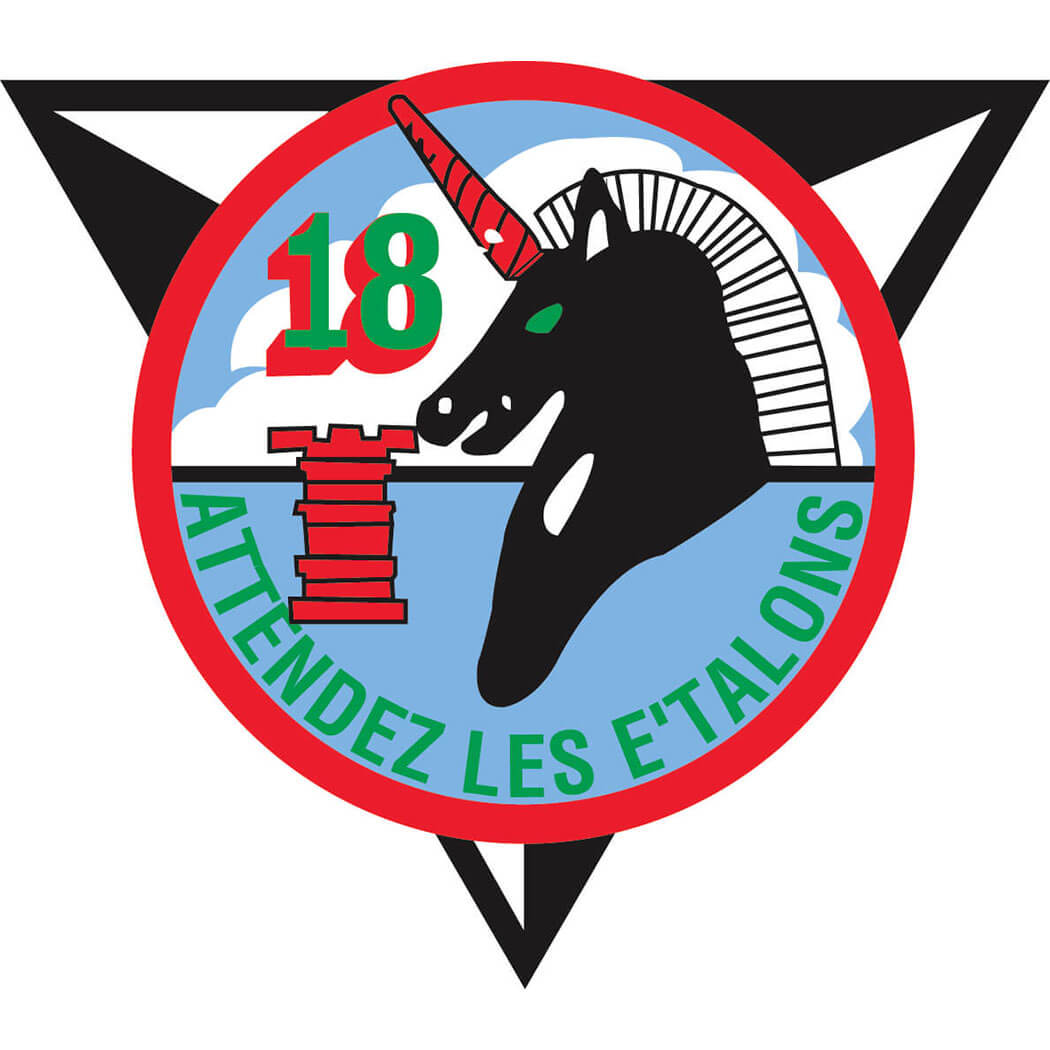
Squadron 18: Nightriders
The unicorn signifies strength, endurance, and unrivaled spirit while the rook denotes the academy as a fortress of knowledge. The three points of the triangle represent military, academics, and athletics. “Attendez les e’talons” is French for “Watch for the Stallions.”
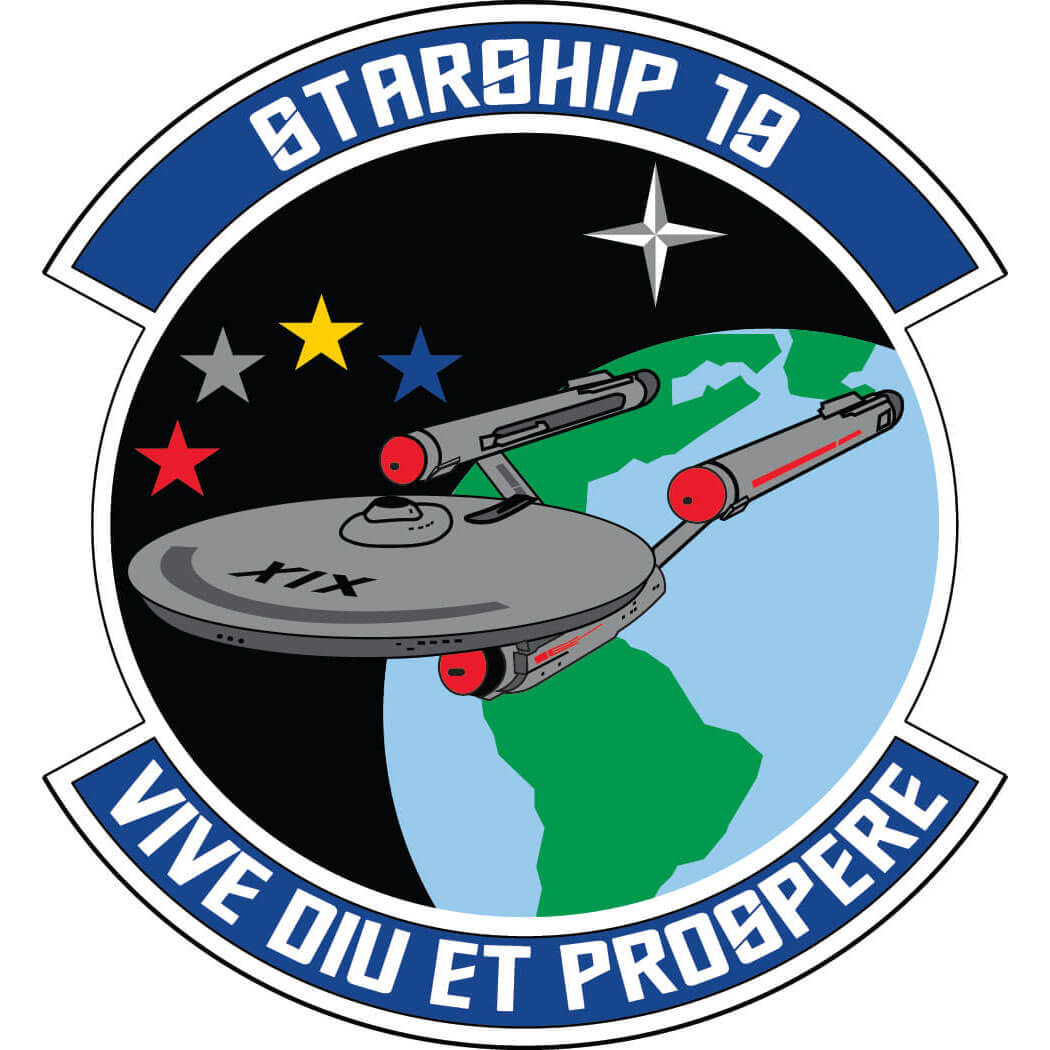
Squadron 19: Starship 19
The stars in the top left represent the class colors while the white star is Polaris. The starship Enterprise is flying away from the Earth to symbolize the progress of the air and space forces in space and cyberspace. The motto, “Vive Diu Et Prospere” translates to “Live Long and Prosper.”
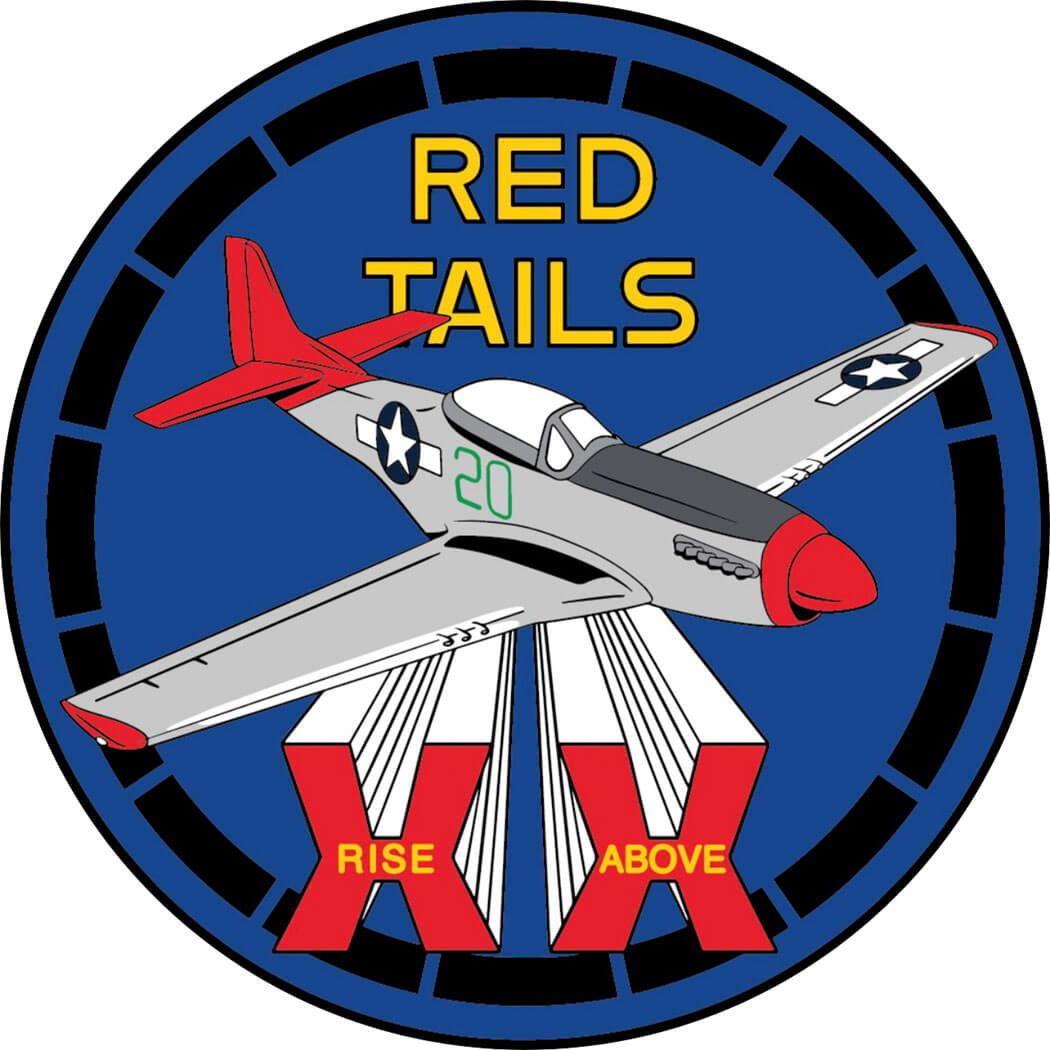
Squadron 20: Red Tails
The Red-Tail P-51C is a powerful symbol of victory over adversity and the legacy of those who fought for justice and equality. The motto “Rise Above” represents the perseverance, courage and excellence displayed by the Tuskegee Airmen and traits Squadron 20 aspire to embody.
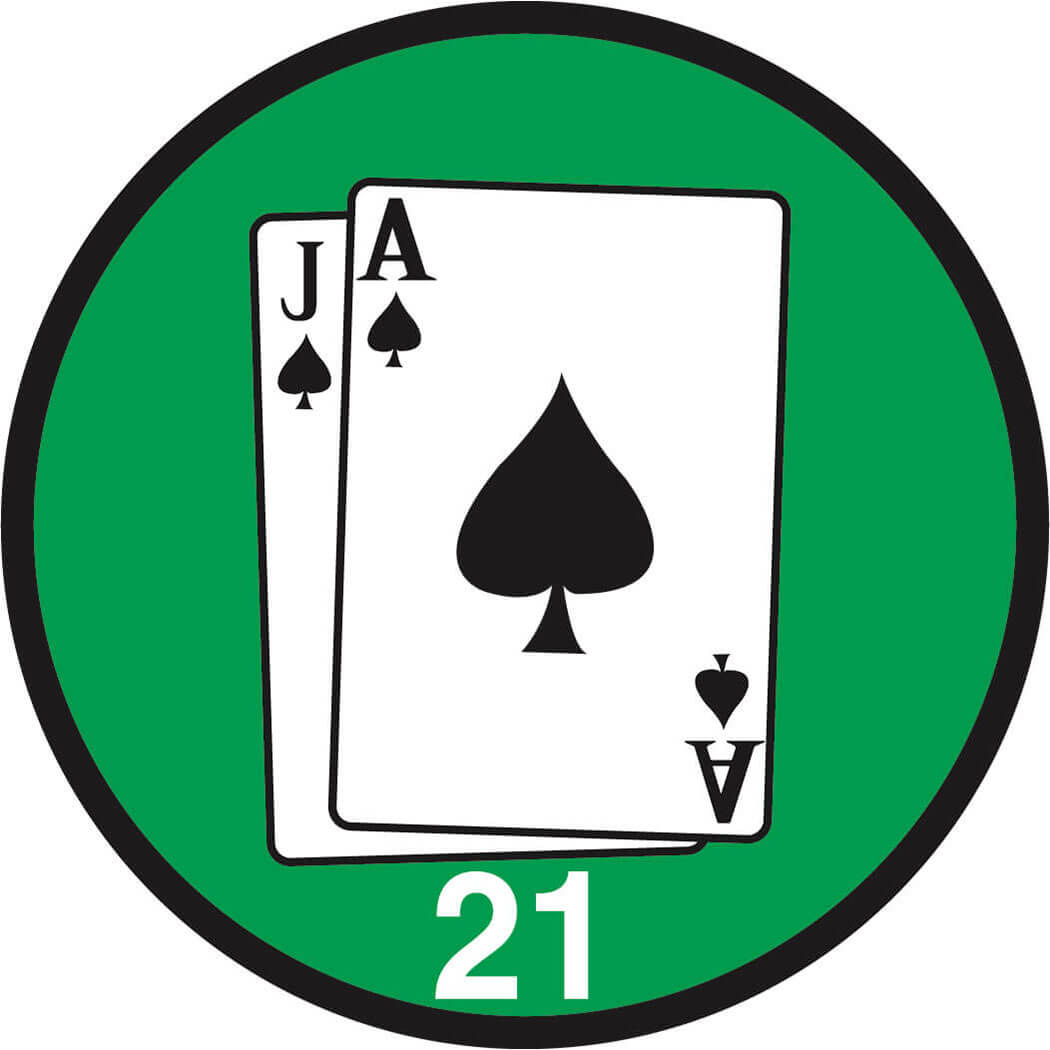
Squadron 21: Blackjacks
The winning hand symbolizes the skill, spirit, ability, and fellowship necessary to attain success. The gold and blue colors of the two classes originally involved in the patch’s design were mixed to form the green background denoting cooperation between classes.
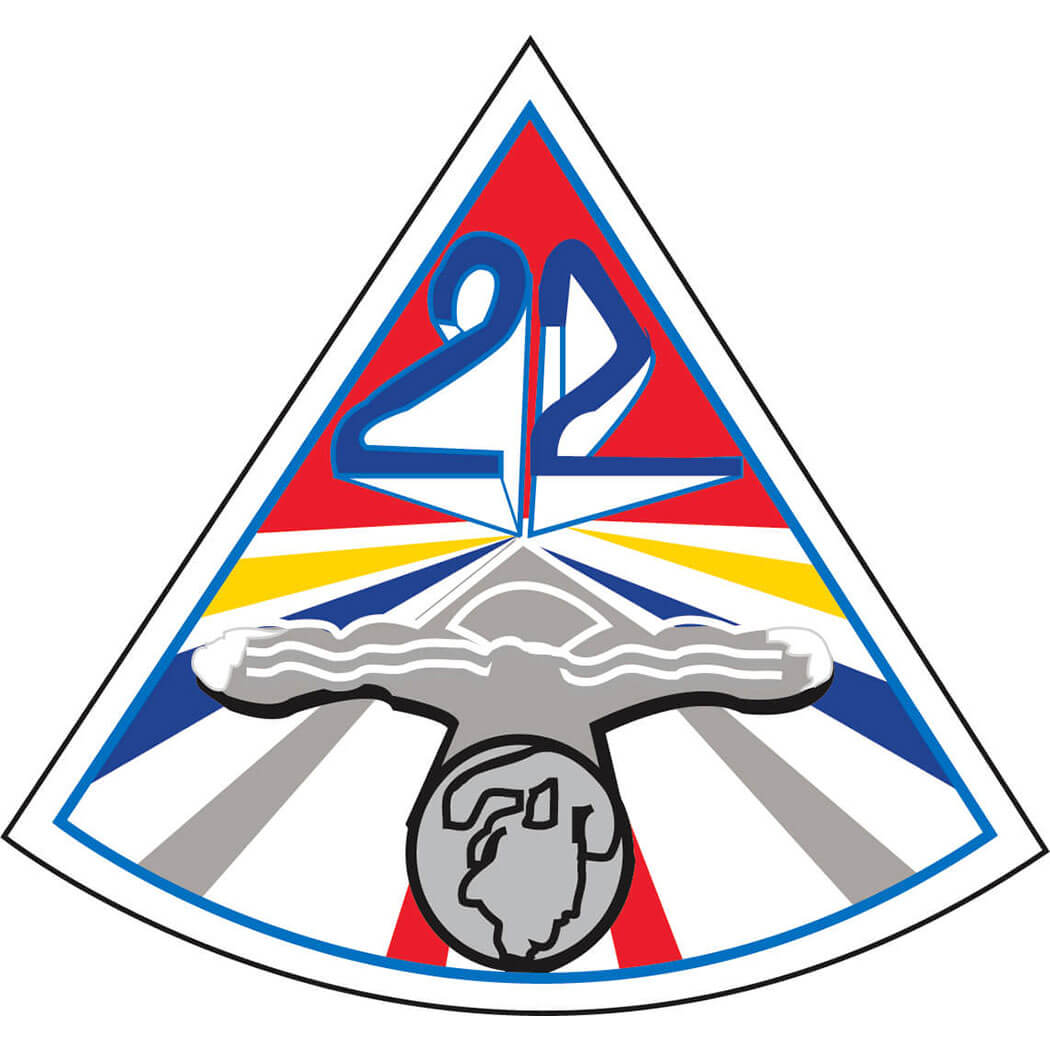
Squadron 22: Raptors
The saber, in unison with the navigator’s badge and globe, represents strength and readiness. The converging light rays signify unity among the four class of the cadet wing while the dominant red color denotes the courage of the Raptors.
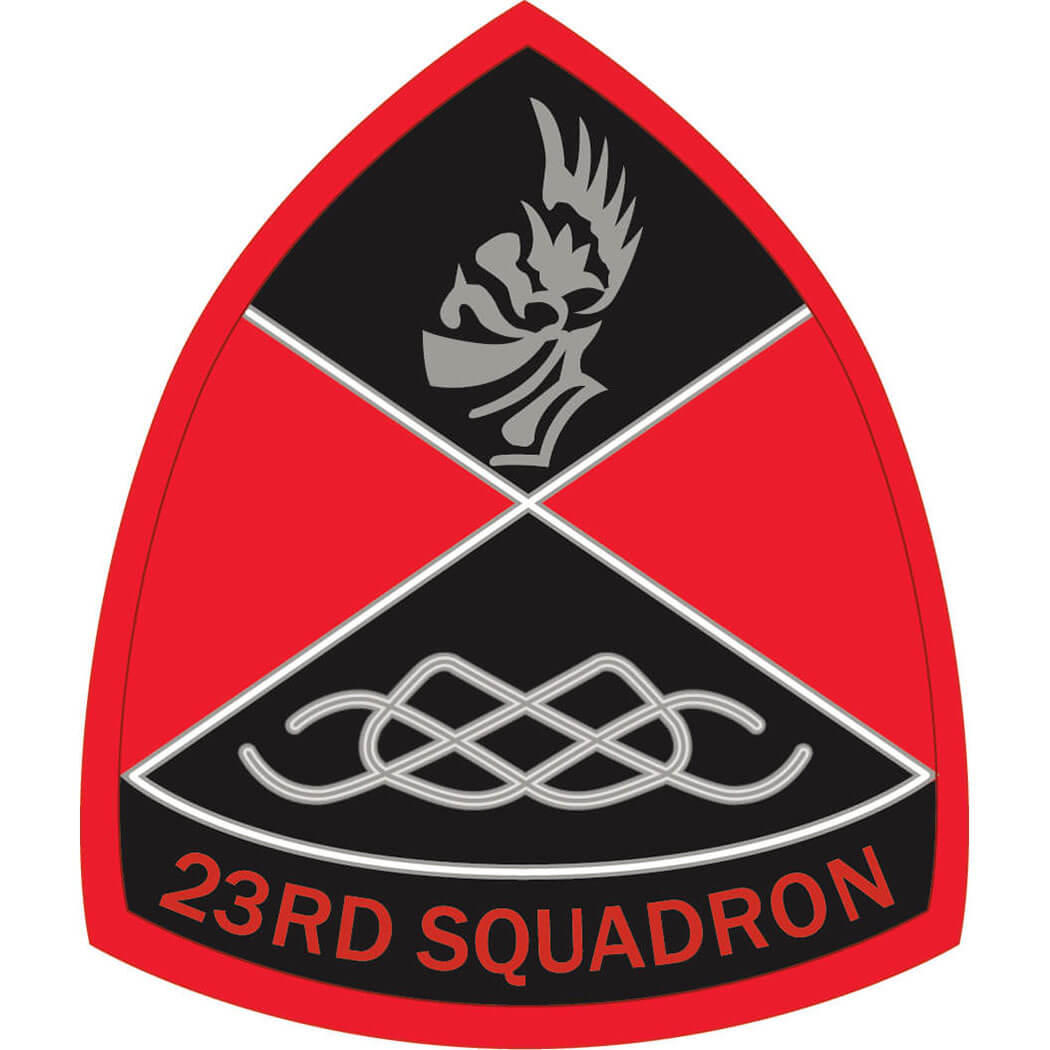
Squadron 23: Barnstormers
Named after the daring pioneers of American commercial and military aviation, Squadron 23 cadets aim to achieve the fearlessness of their namesake. The helmet symbolizes strength and honor while the overlapping loops signify the barnstormer’s aerial stunts.
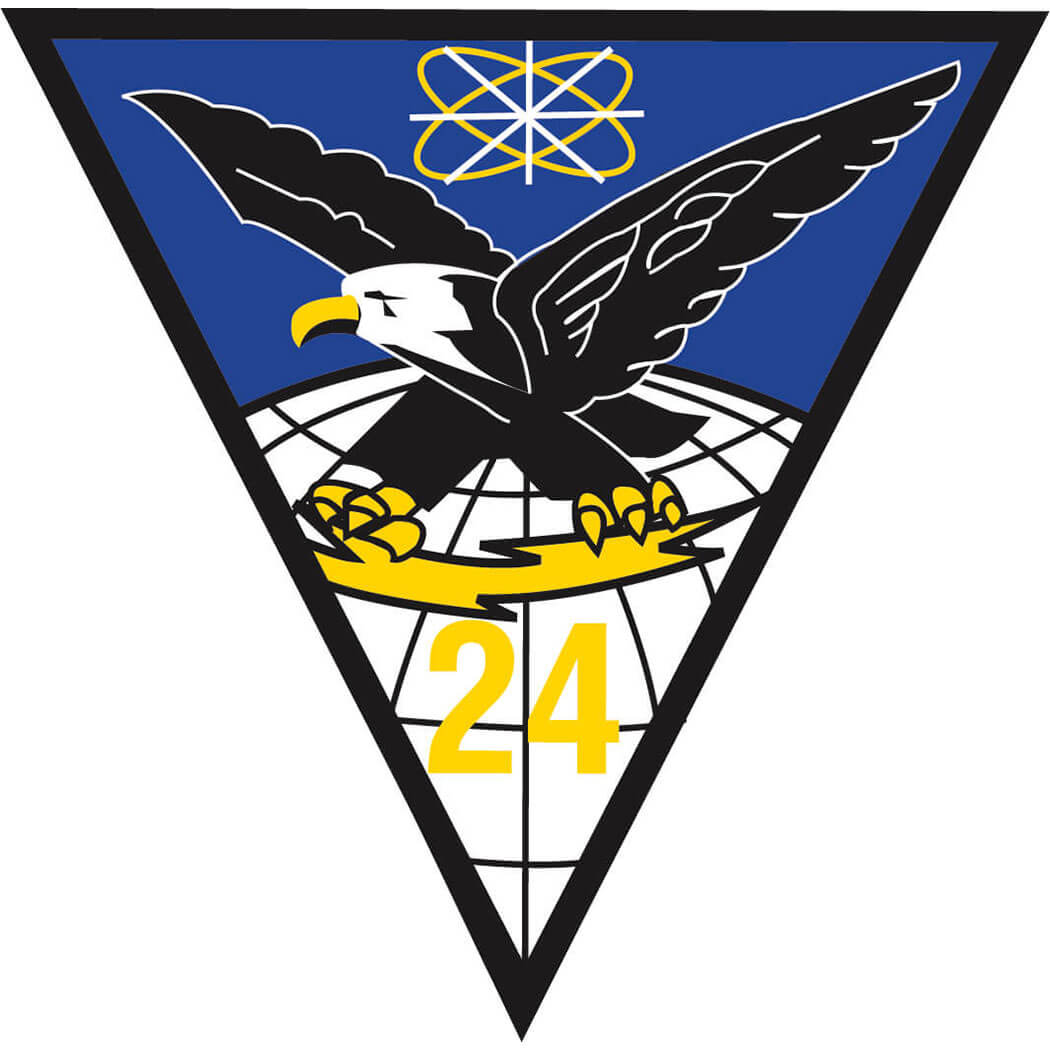
Squadron 24: Phantoms
The eagle symbolizes strength, courage, and character while the lightning bolt indicates the Air Force’s global responsiveness. Polaris is a guiding light in the cadet’s pursuit of knowledge and the atom symbolizes the predominant role of science in the Air Force.
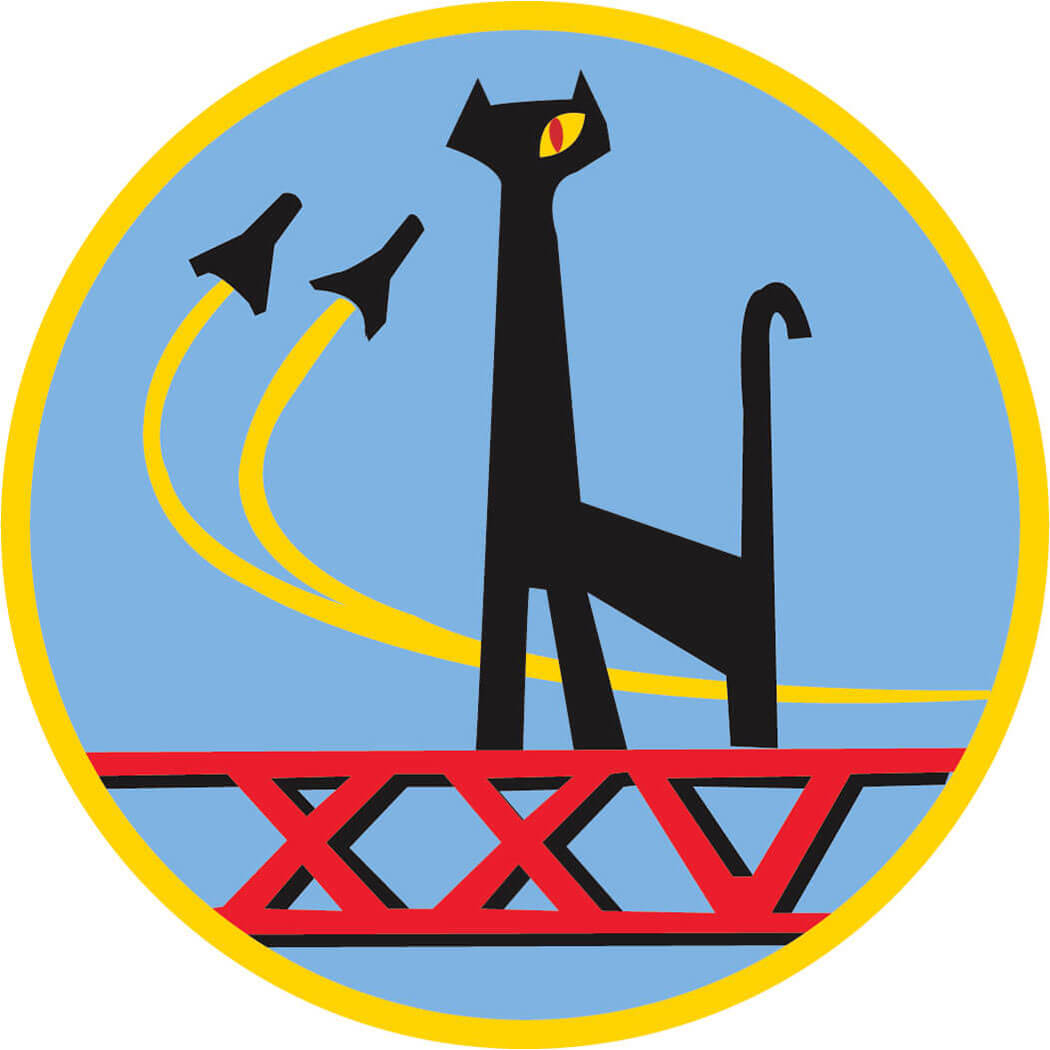
Squadron 25: Redeye
Like its namesake, the Redeye missile, the squadron reaches its goals with unerring accuracy. The two fighter jets in formation signify comradeship while their gold contrails indicate this solidarity is long-lasting and follows the cadets into the Air Force.
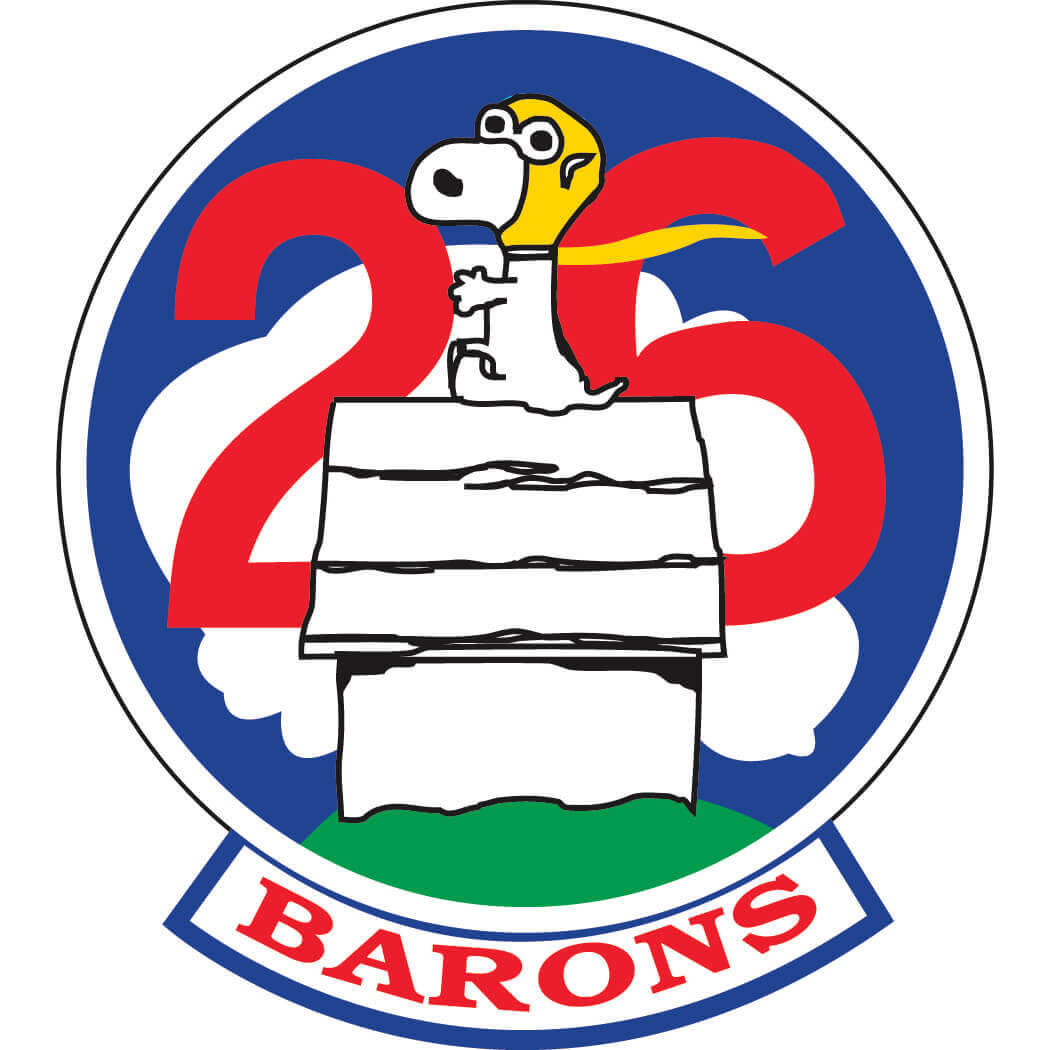
Squadron 26: Barons
Despite constant setback in his pursuit of the Red Baron, Snoopy exemplifies persistence and doggedness in getting the job done thus setting a fine example for the Barons. The patch denotes the Air Force’s air power heritage and includes the four class colors.
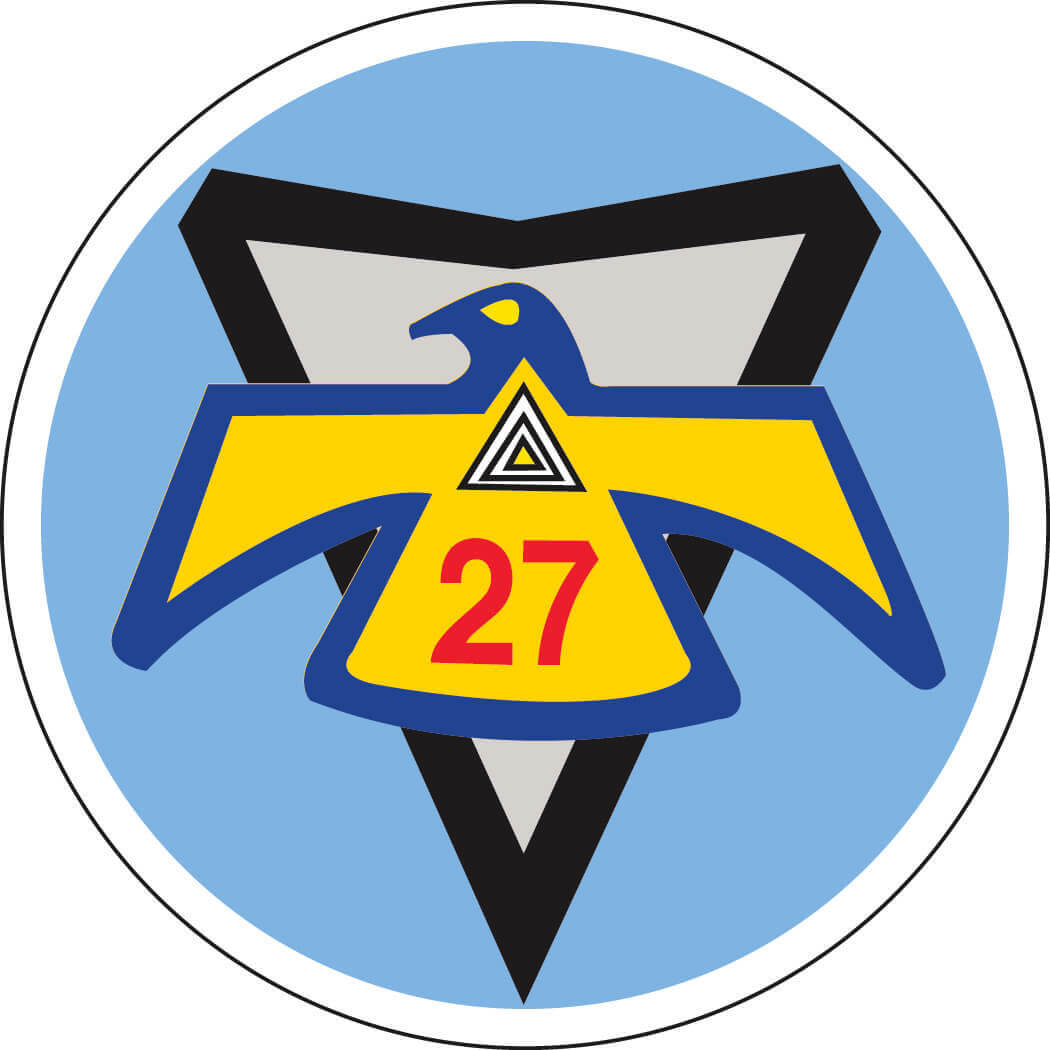
Squadron 27: Thunderbirds
With the ability to produce thunder, lightning, and rain, the mythical thunderbird ruled the skies and symbolizes the Air Force’s air supremacy. The silver triangle is a stylized aircraft and the concentric triangles signify three cubed, denoting squadron 27.
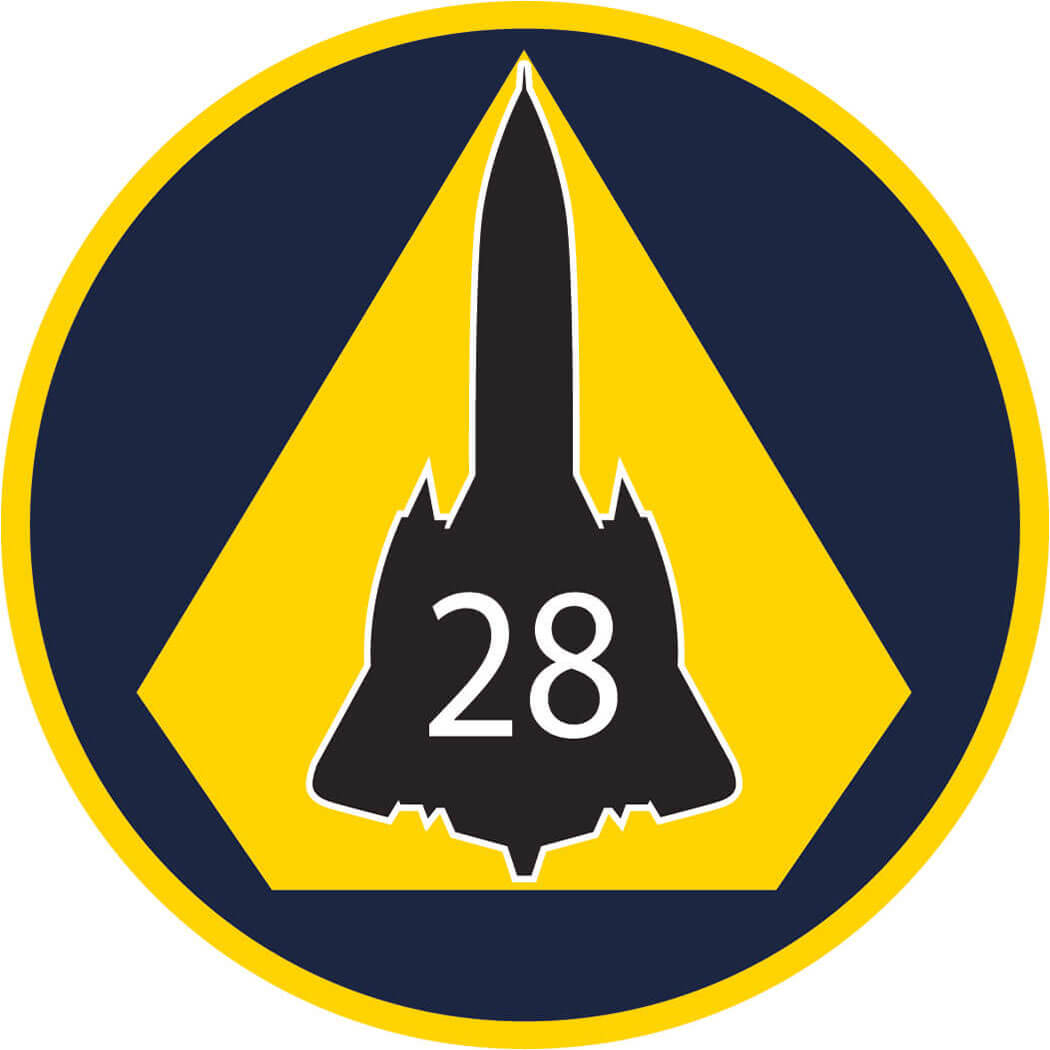
Squadron 28: Blackbirds
The stylized SR-71 Blackbird jet indicates dedication to the pursuit of knowledge and national goals. The color gold symbolizes the excellence demanded of Air Force officers. The pentagon represents the future Air Force leadership developed at the academy.
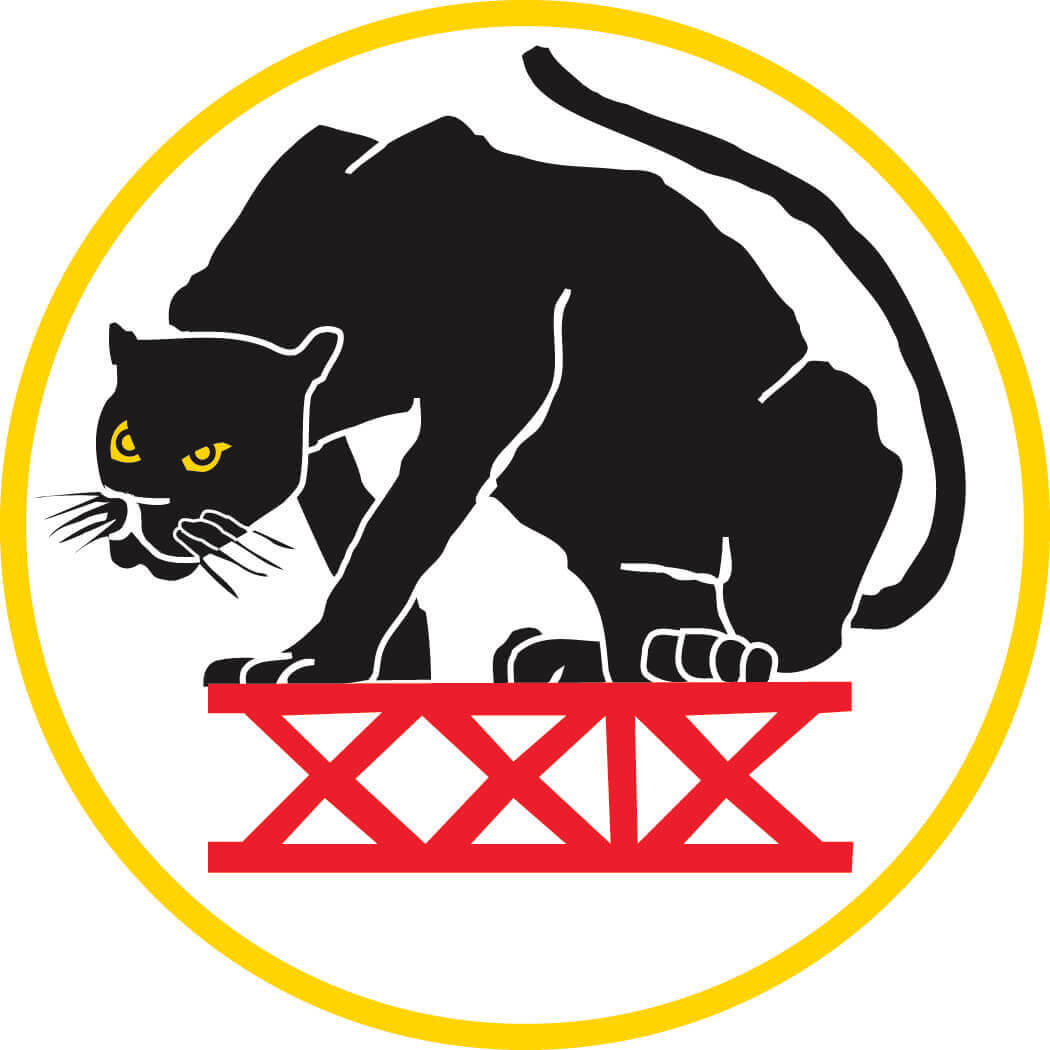
Squadron 29: Black Panthers
The black panther exemplifies the speed, strength, and cunning of the Air Force and its crouched stance is a reminder of our readiness. The assignment of Roman numerals to visually represent the 29th symbolizes war has existed since antiquity.
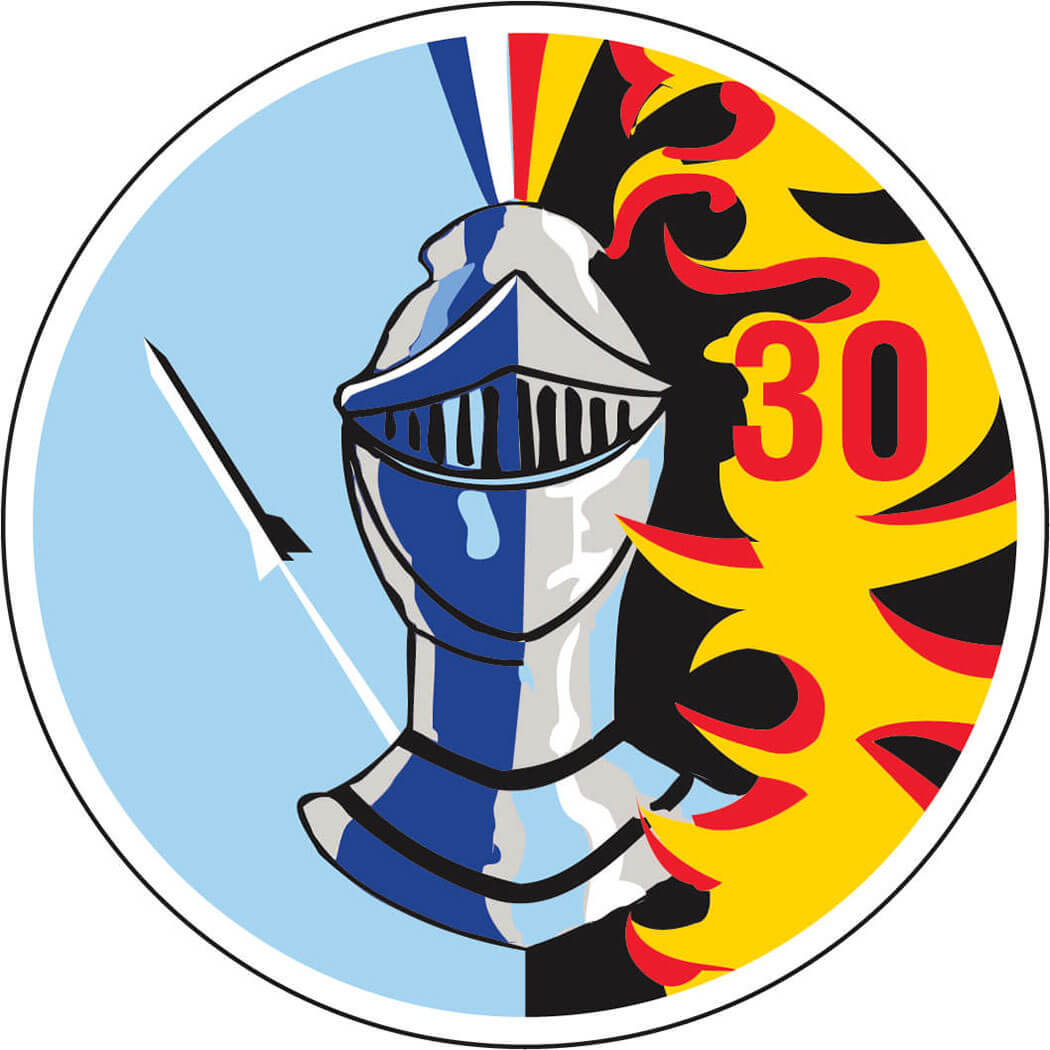
Squadron 30: Knights of Thirty
The knight’s helmet represents the military profession and the heritage of the cadets. The red and yellow flames signify war to which the helmet is impervious. The ascending aircraft suggests freedom of the skies and offers a peaceful contrast to the flames of war.
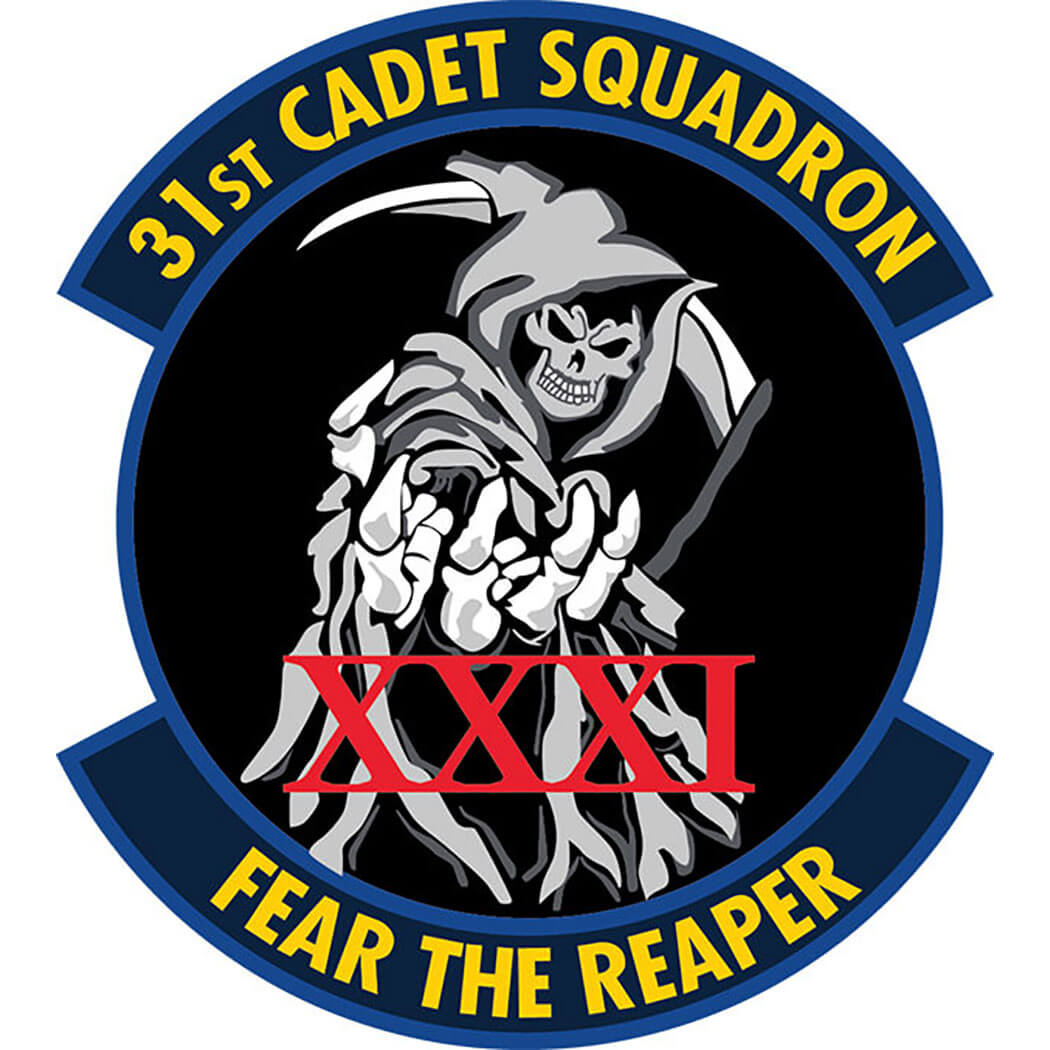
Squadron 31: Grim Reapers
The mythical character, the Grim Reaper, represents the reality of death and serves to remind cadets they have, as members of the Armed Forces, devoted their lives to their country. This dedication distinguishes the military profession from all other careers.
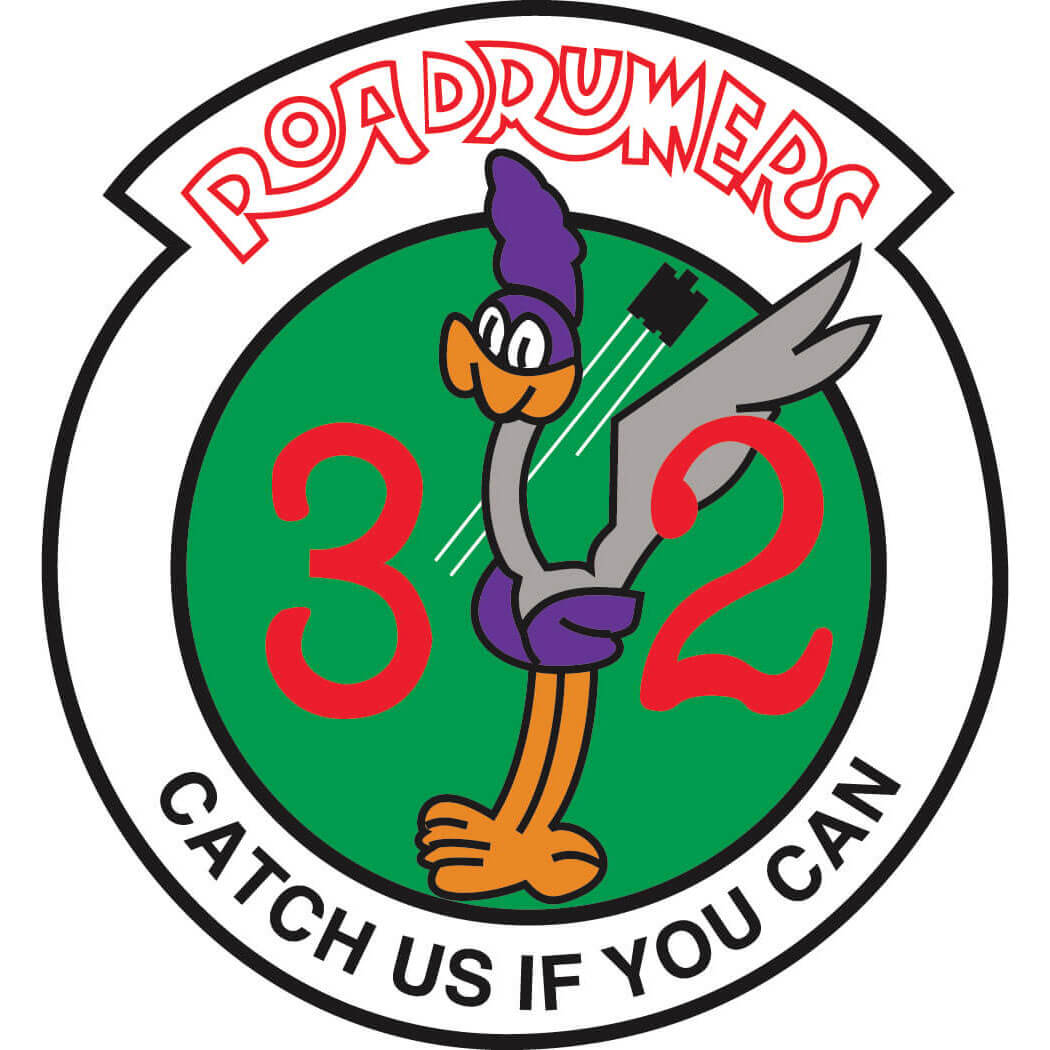
Squadron 32: Road Runners
The Roadrunner cartoon character represents speed, fearlessness, and craftiness as he cleverly evades numerous encounters with the infamous coyote. The jet soaring to the top of the patch symbolizes flight and aspirations of new careers. Catch us if you can!
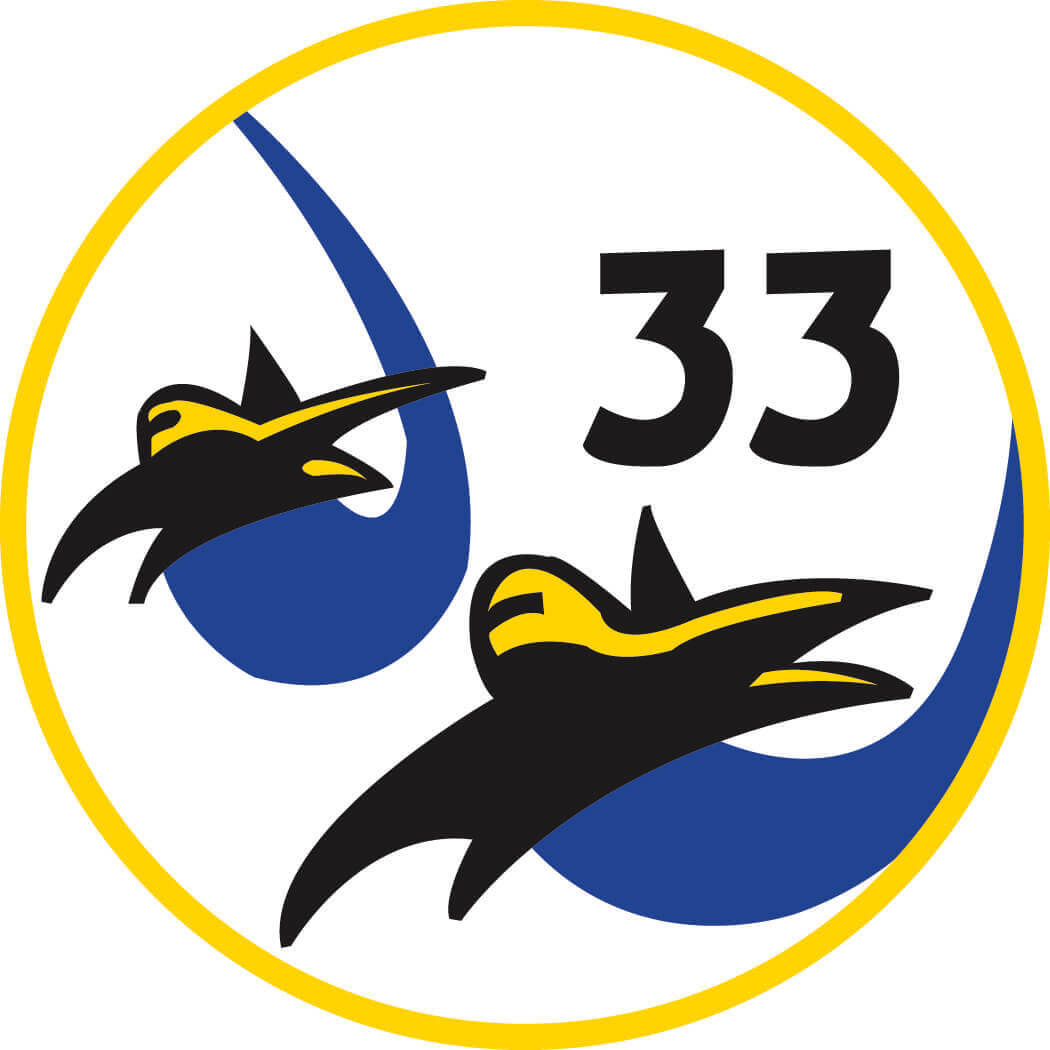
Squadron 33: King Ratz
The spacecraft-like falcons represent the Academy’s mascot, the bird of prey noted for its speed, keen eyesight, and fierce fighting spirit. The two falcons fly in formation to illustrate the teamwork of the members of the cadet wing and the Air Force.
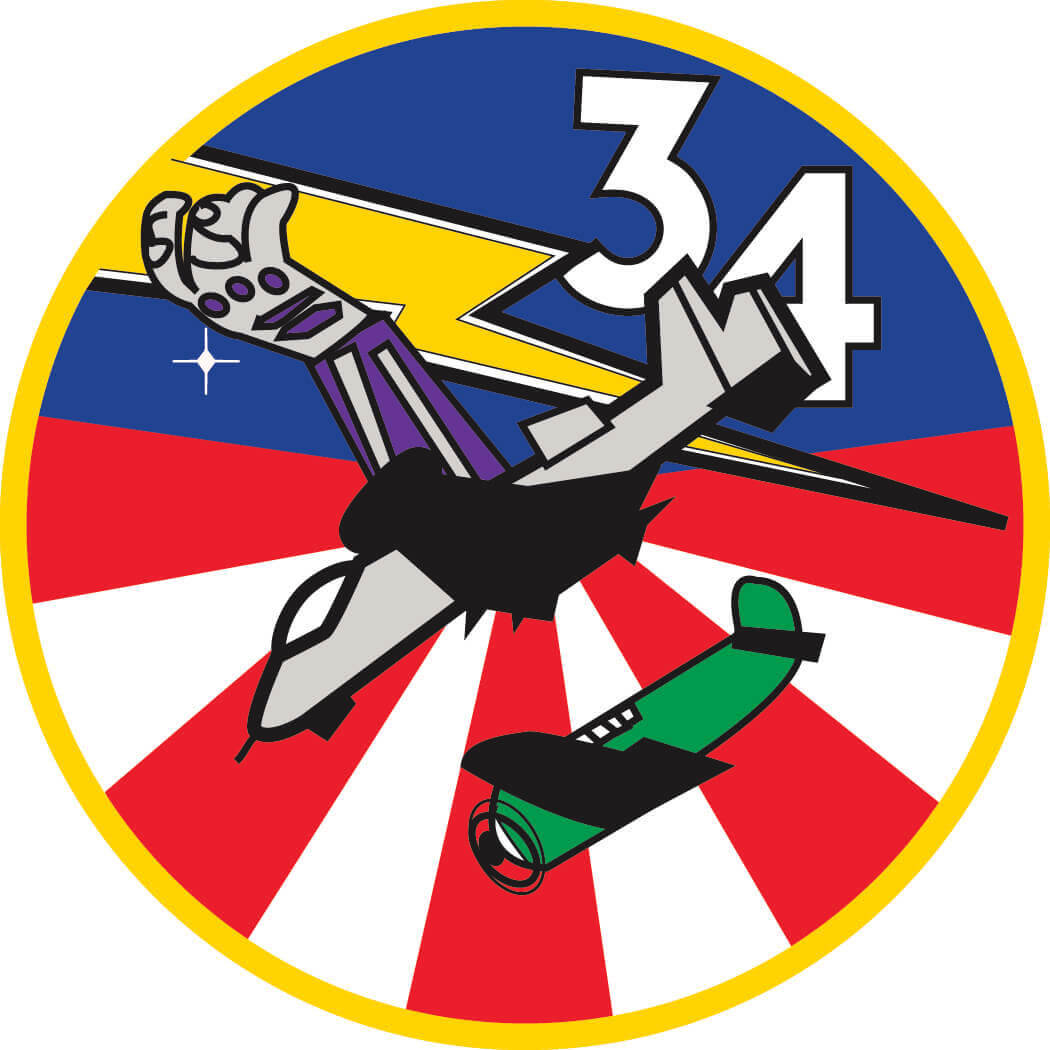
Squadron 34: Loose Hawgs
The A-10 symbolizes the modern Air Force while the P-47 signifies its rich heritage. The lightning bolt exemplifies strength and power and serves as a warning that America is ready and willing to use military might to maintain its freedom and society.
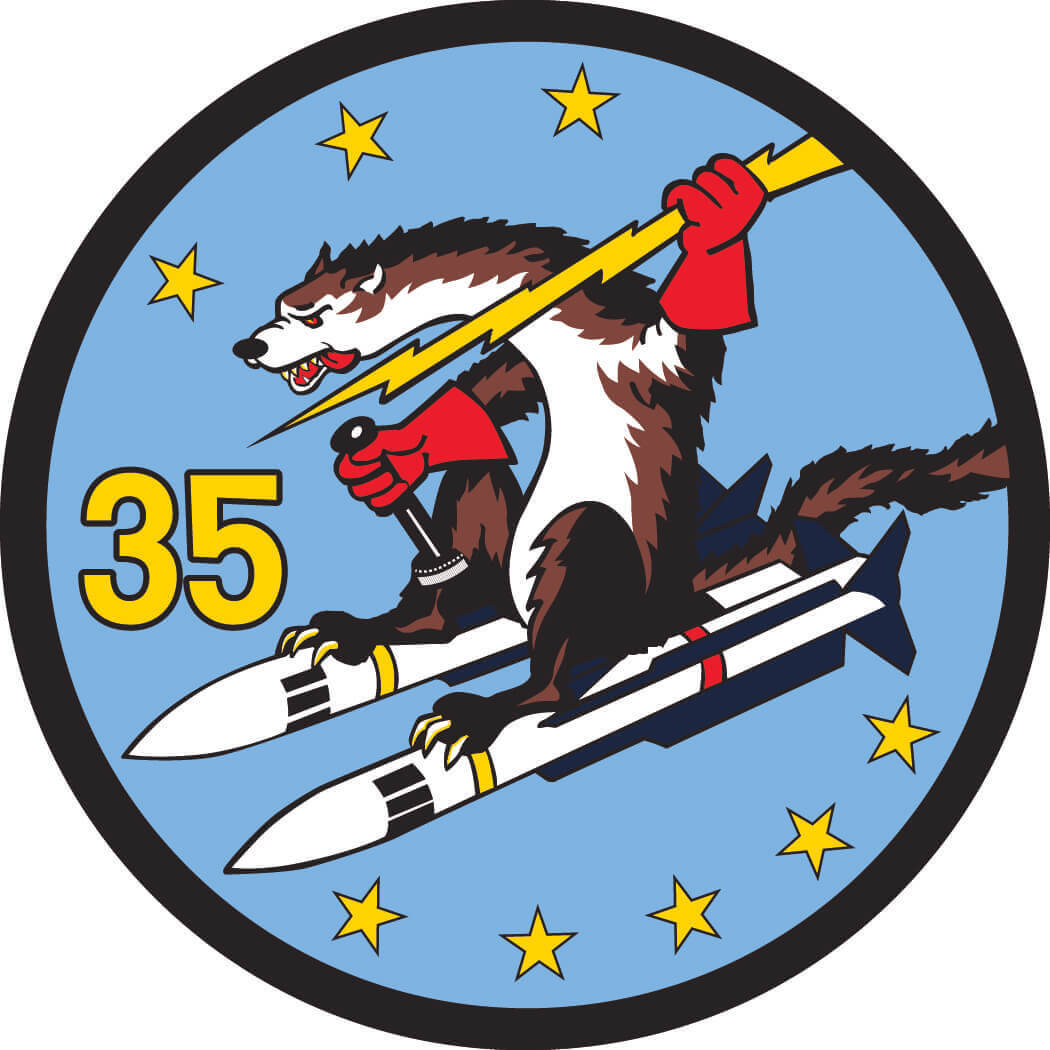
Squadron 35: Wild Weasels
This patch pays tribute to the F-105 pilots of Vietnam who flew Wild Weasel missions. The lightning bolt signifies the speed and strike capability of the Air Force. The weasel flying two missiles depicts the determination, skill, and adeptness of the Air Force aviator.
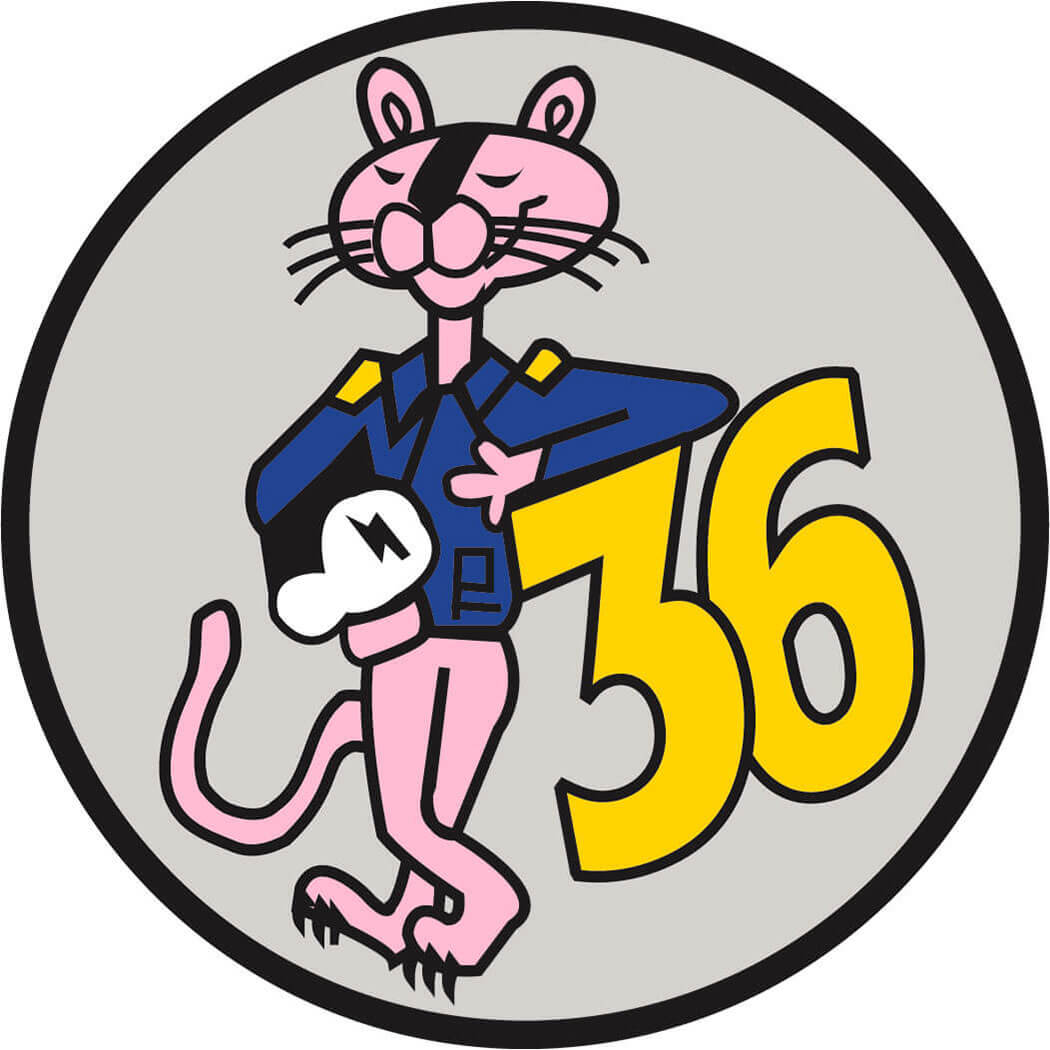
Squadron 36: Pink Panthers
The Pink Panther depicts the cunningness of cadets while the flight jacket, helmet, and gold bars symbolize commissioning as a second lieutenant and a flying career. The panther leans against the 36 showing the dependence on other squadron members.
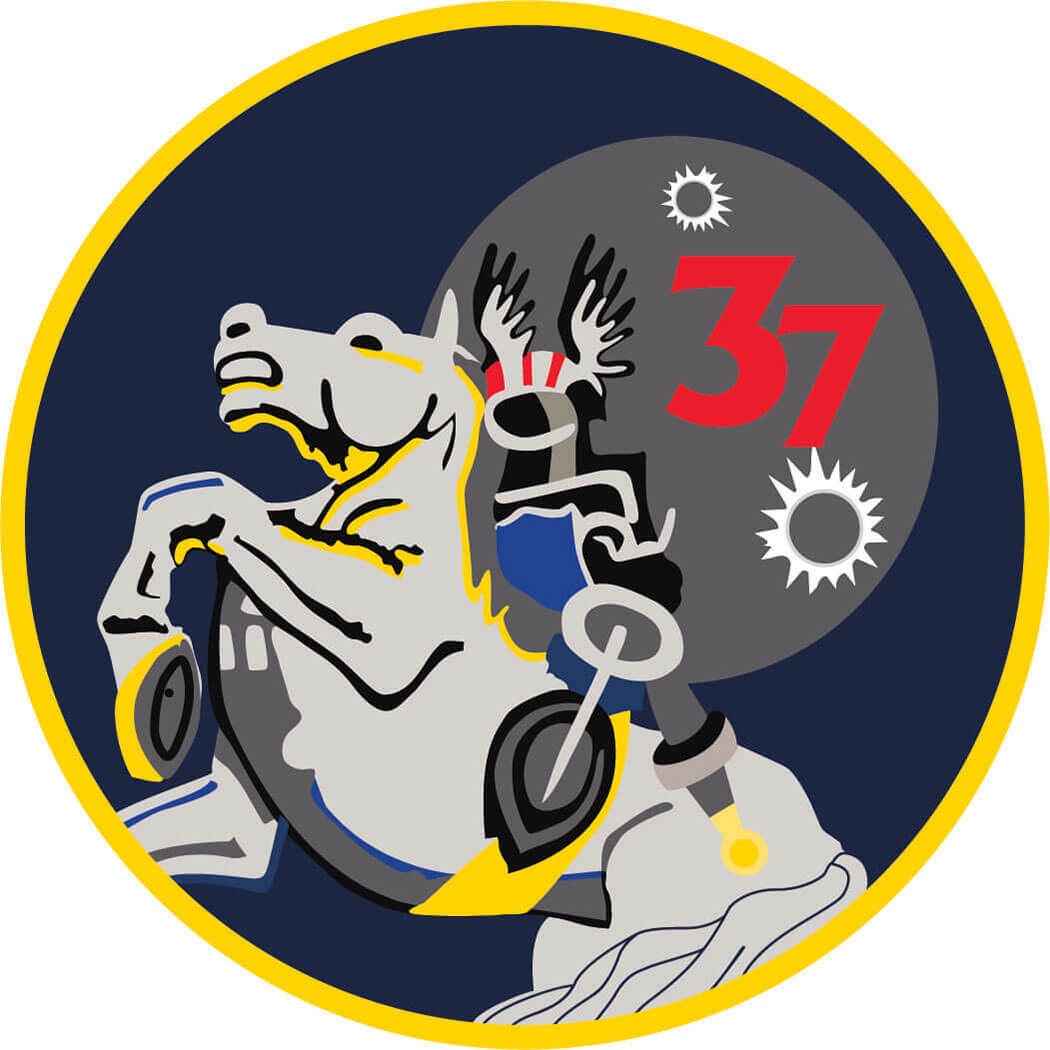
Squadron 37: Animalistic Skyraiders
The warrior symbolizes strength and integrity while its stallion represents relentless spirit and freedom. The full moon, a mirror of the future, signifies determination to advance. The blade denotes upholding tradition while improving the present and looking to the future.
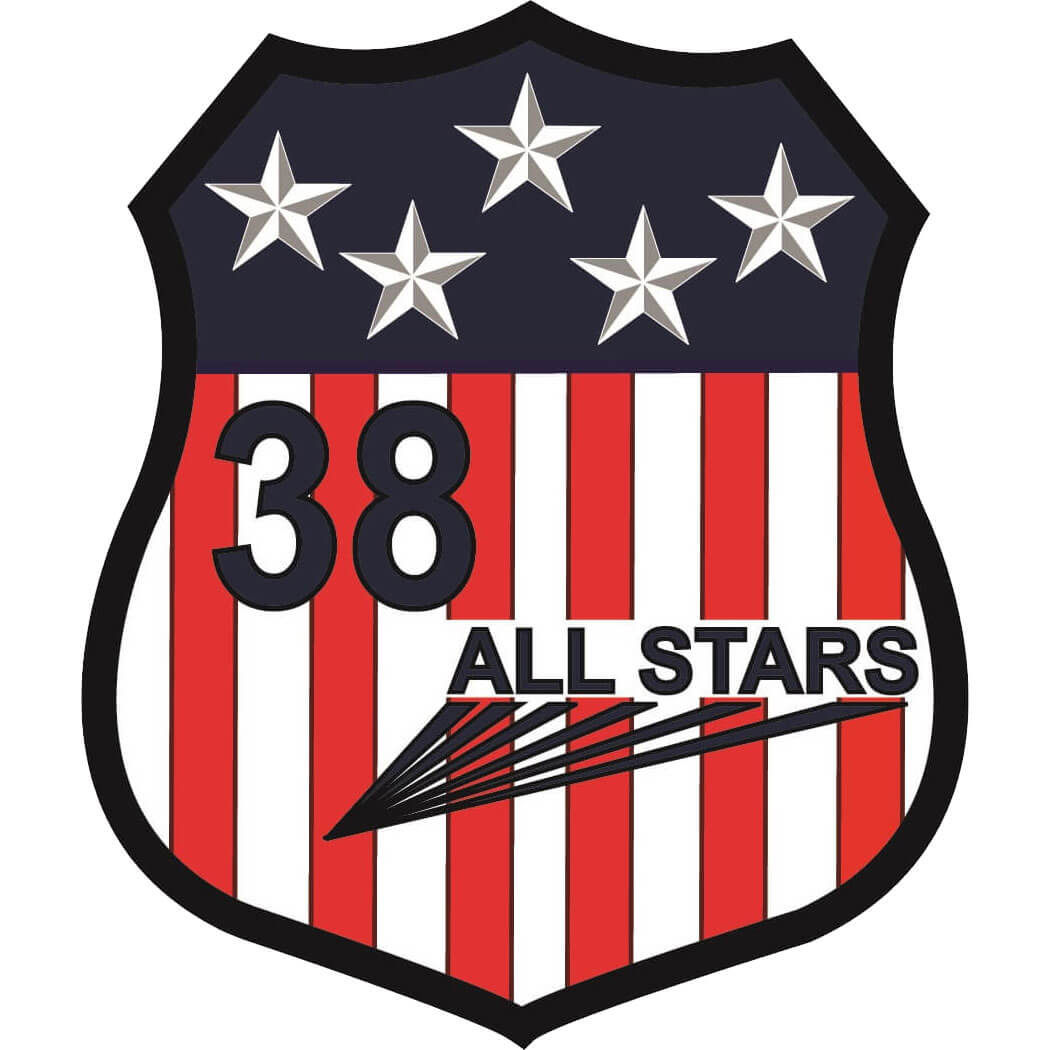
Squadron 38: All-Stars
The patch resembles the American flag and the Air Force shield. This style and shape symbolize patriotism, courage, and devotion to duty. The five stars represent the ideals of the squadron: character, discipline, devotion to duty, excellence, and pride.
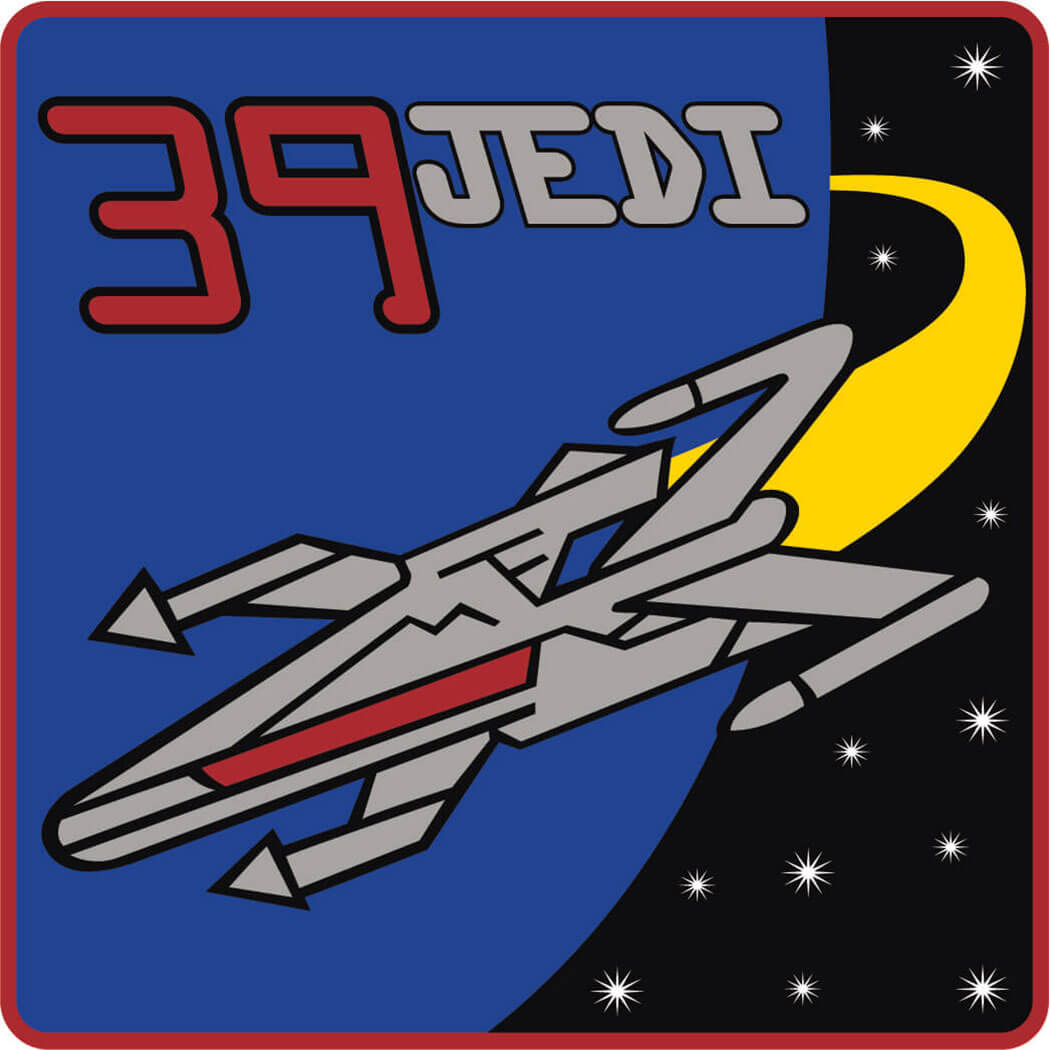
Squadron 39: Jedi Knights
The X-wing, a versatile starfighter that balances speed with firepower, zooms across the patch. Like their Star Wars namesake, the cadets of the 39th are highly skilled, self-disciplined, courageous, and dedicated to defending and protecting justice and freedom.
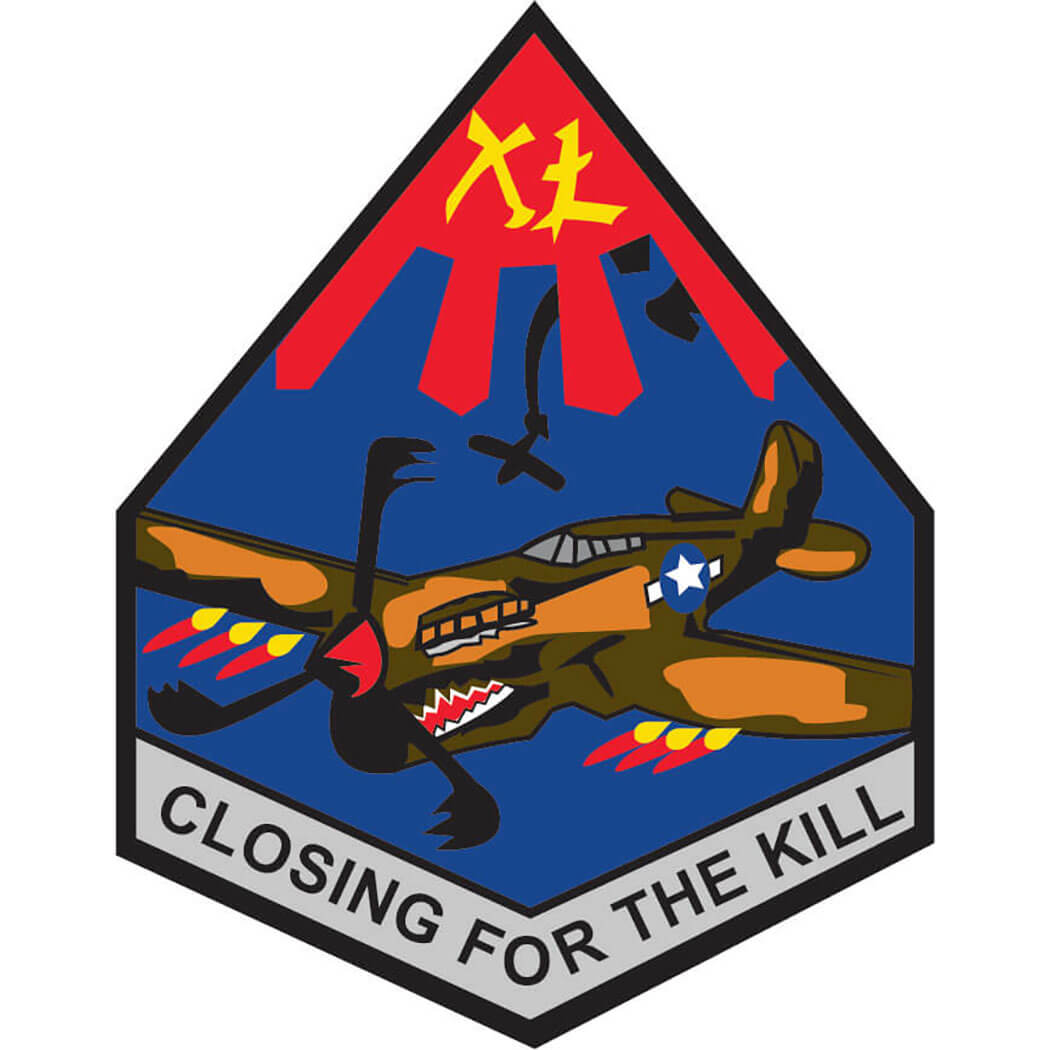
Squadron 40: Warhawks
The P-40 Warhawk links the squadron with the heritage of Air Force aviators who fought in the early years of air combat. The Roman numeral “XL” represents the legacy of the previous squadron name of “Ali Baba and the forty thieves” and its former members.